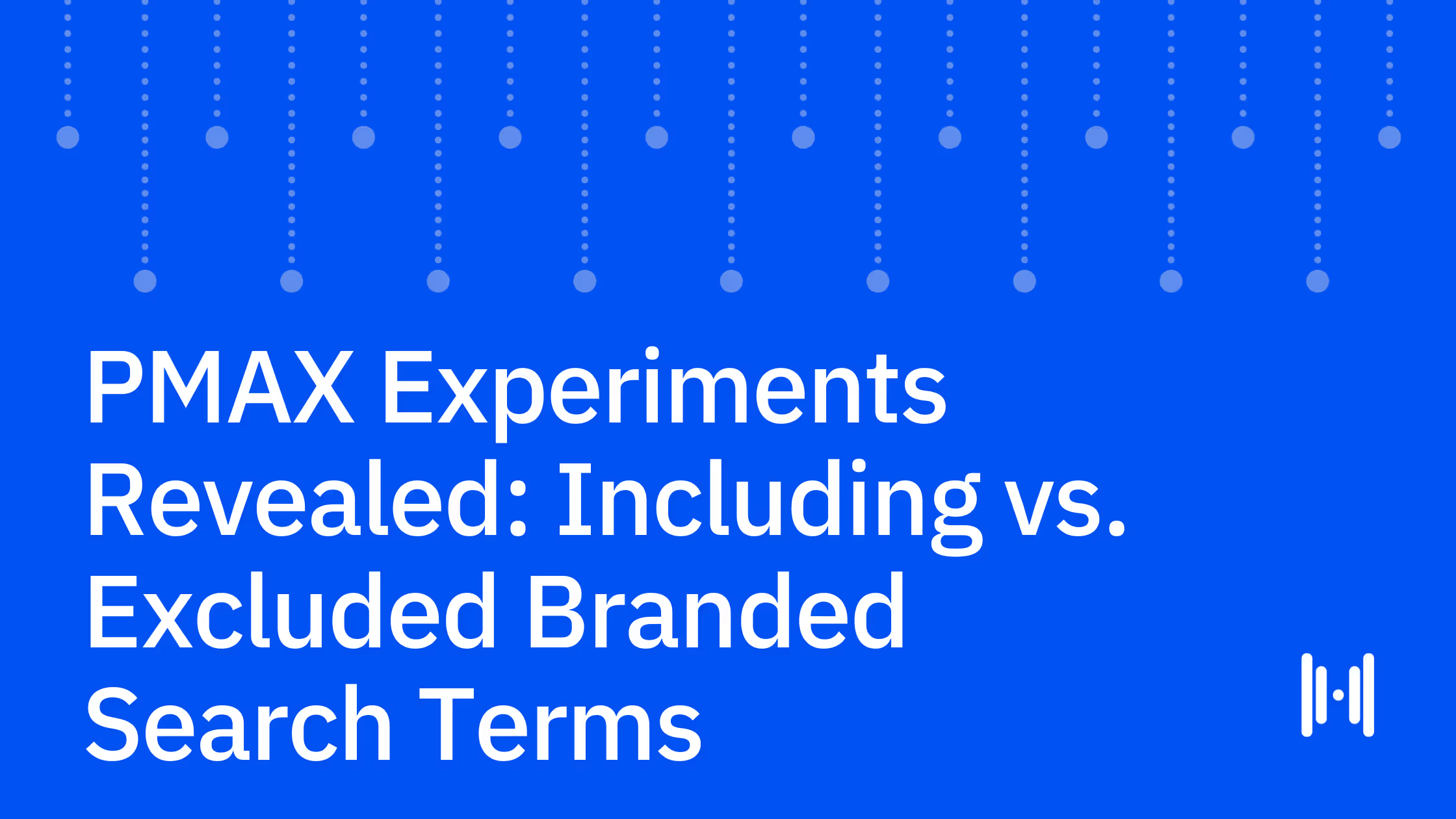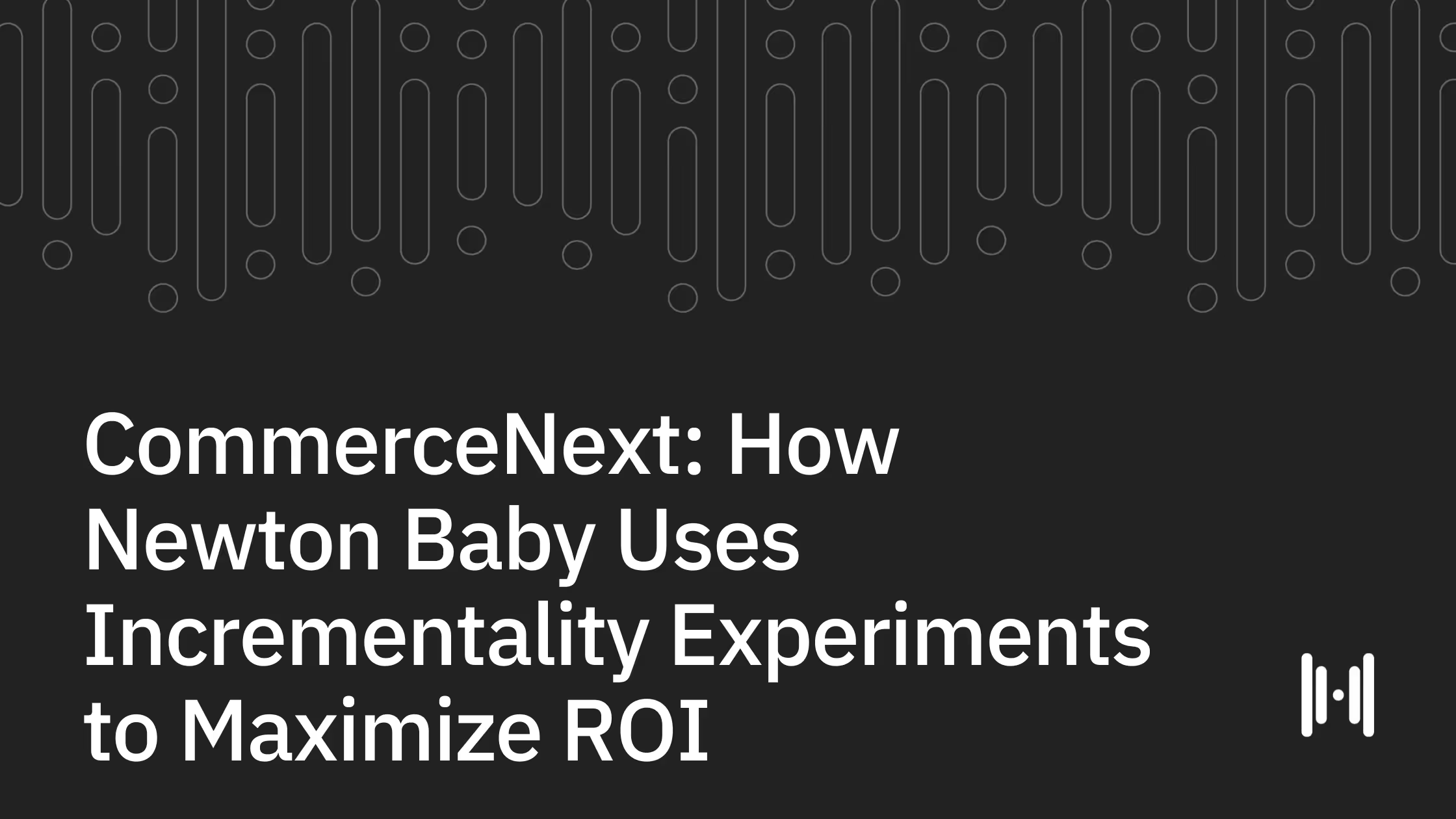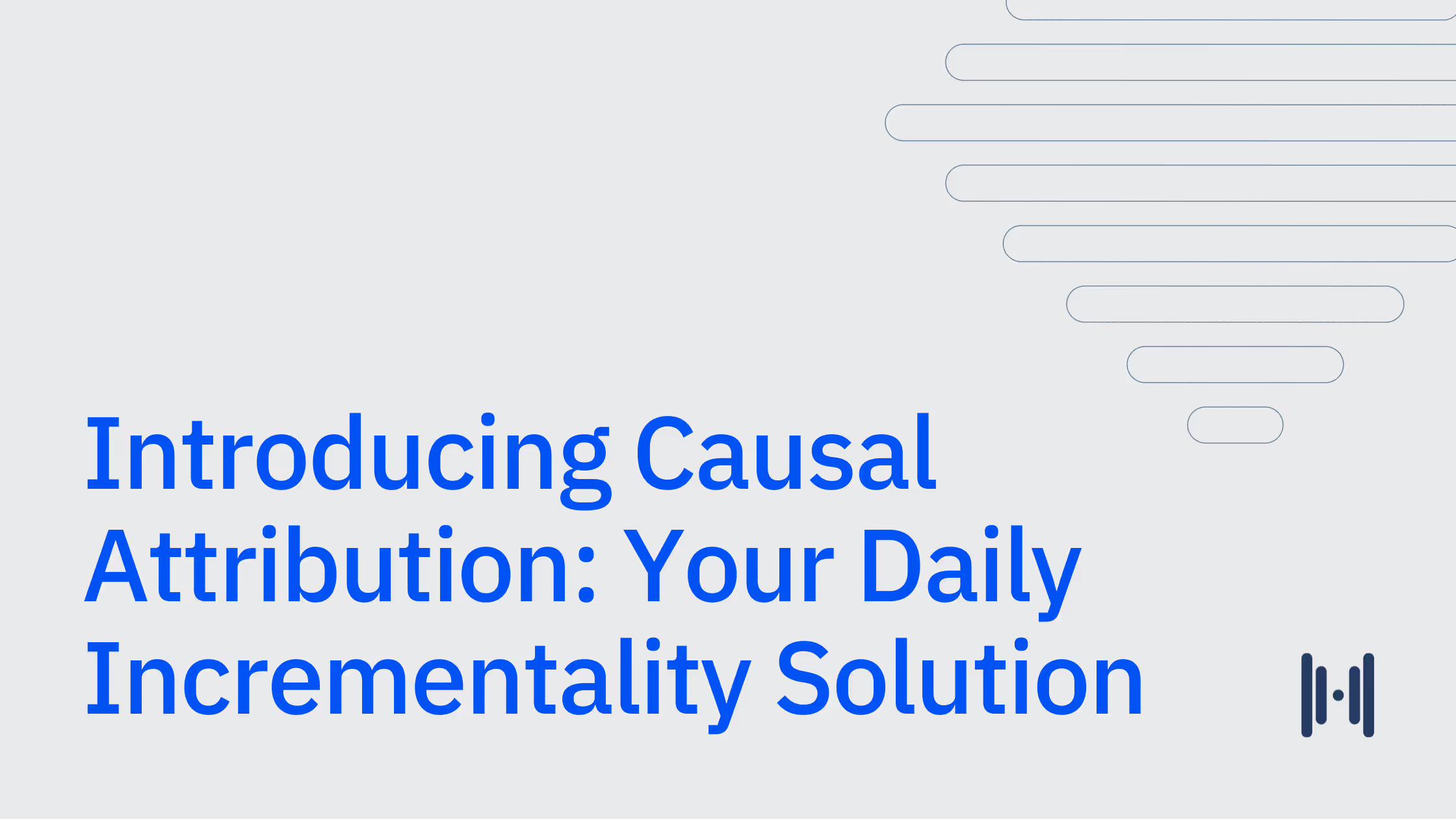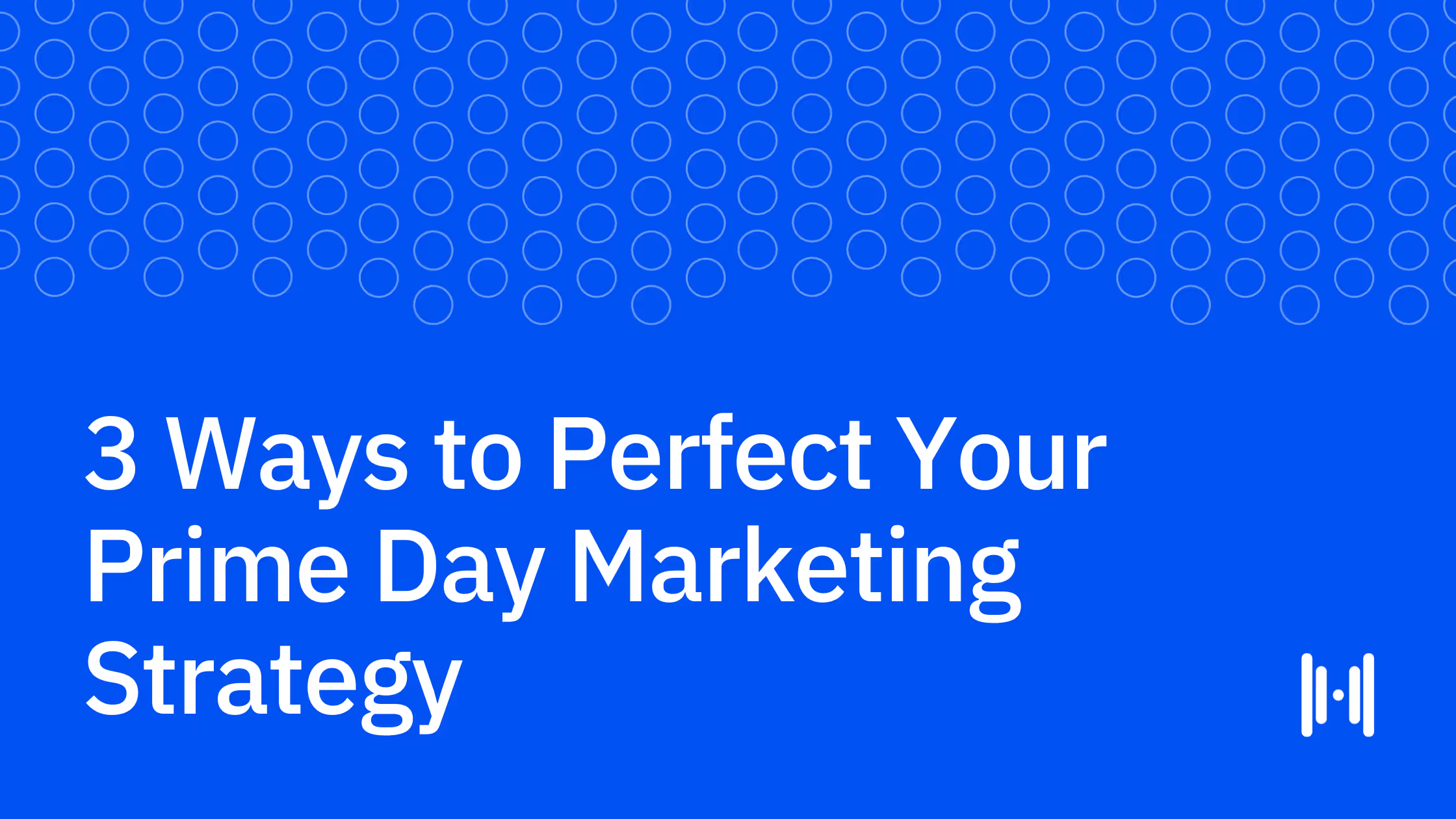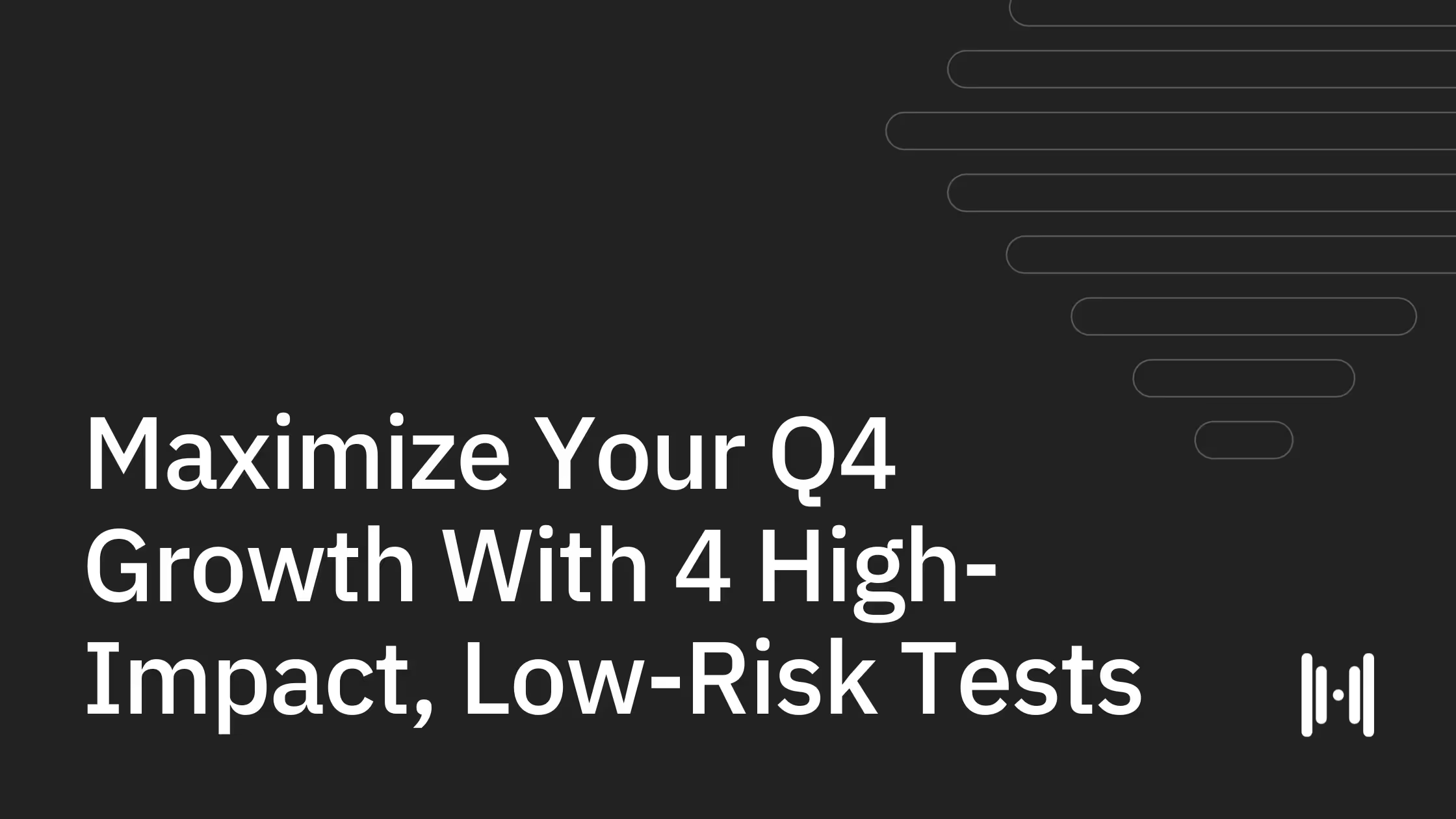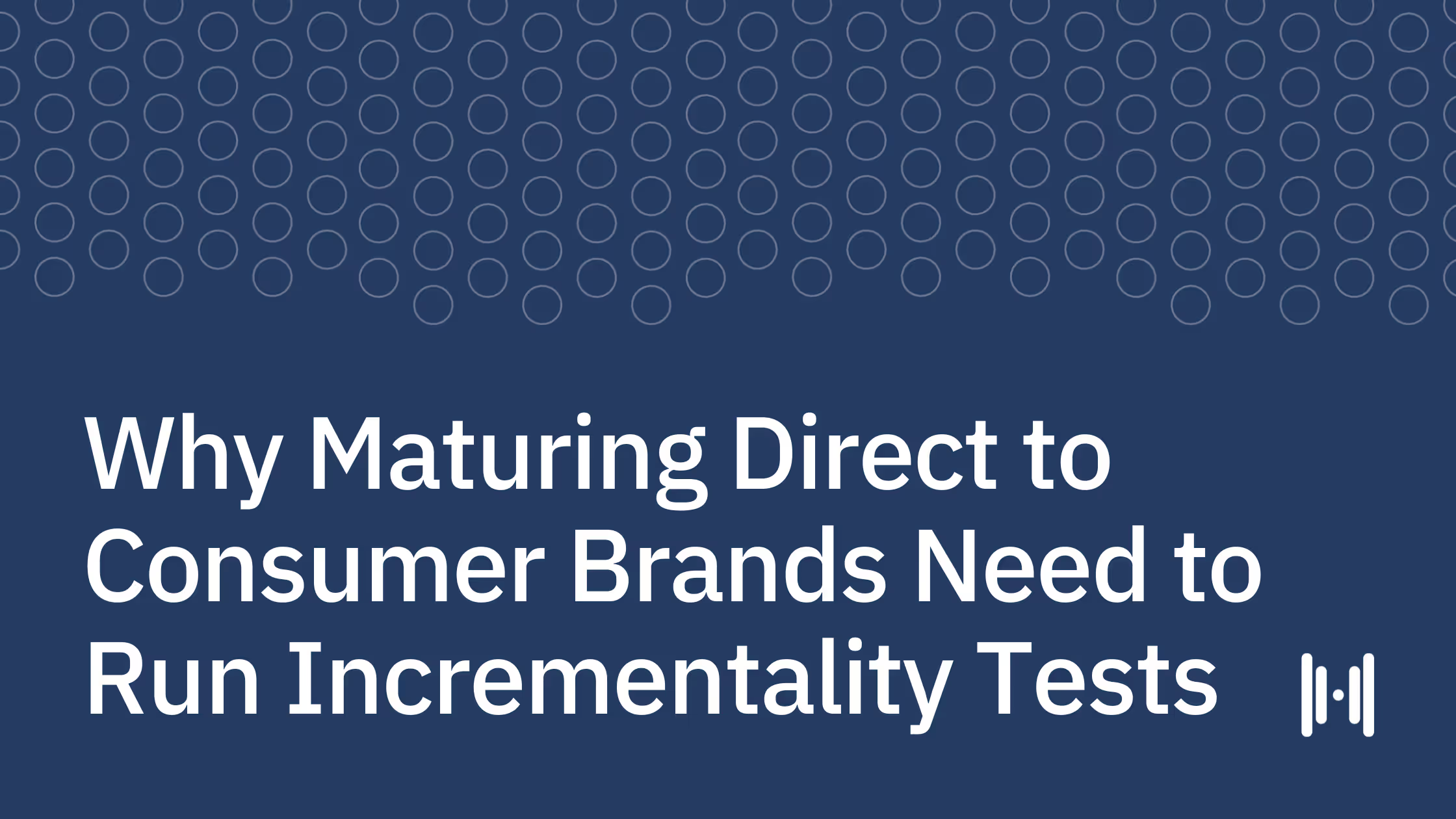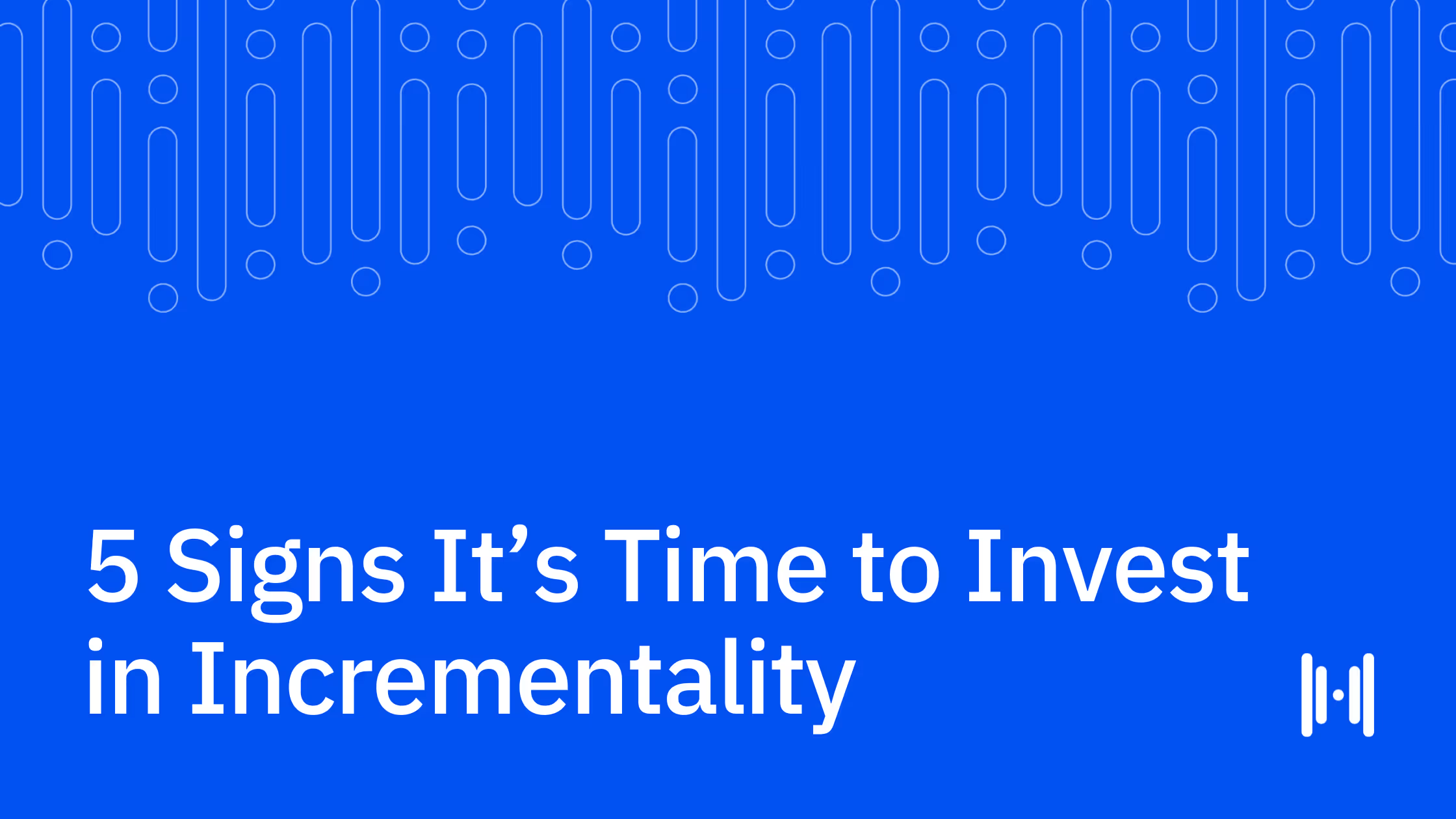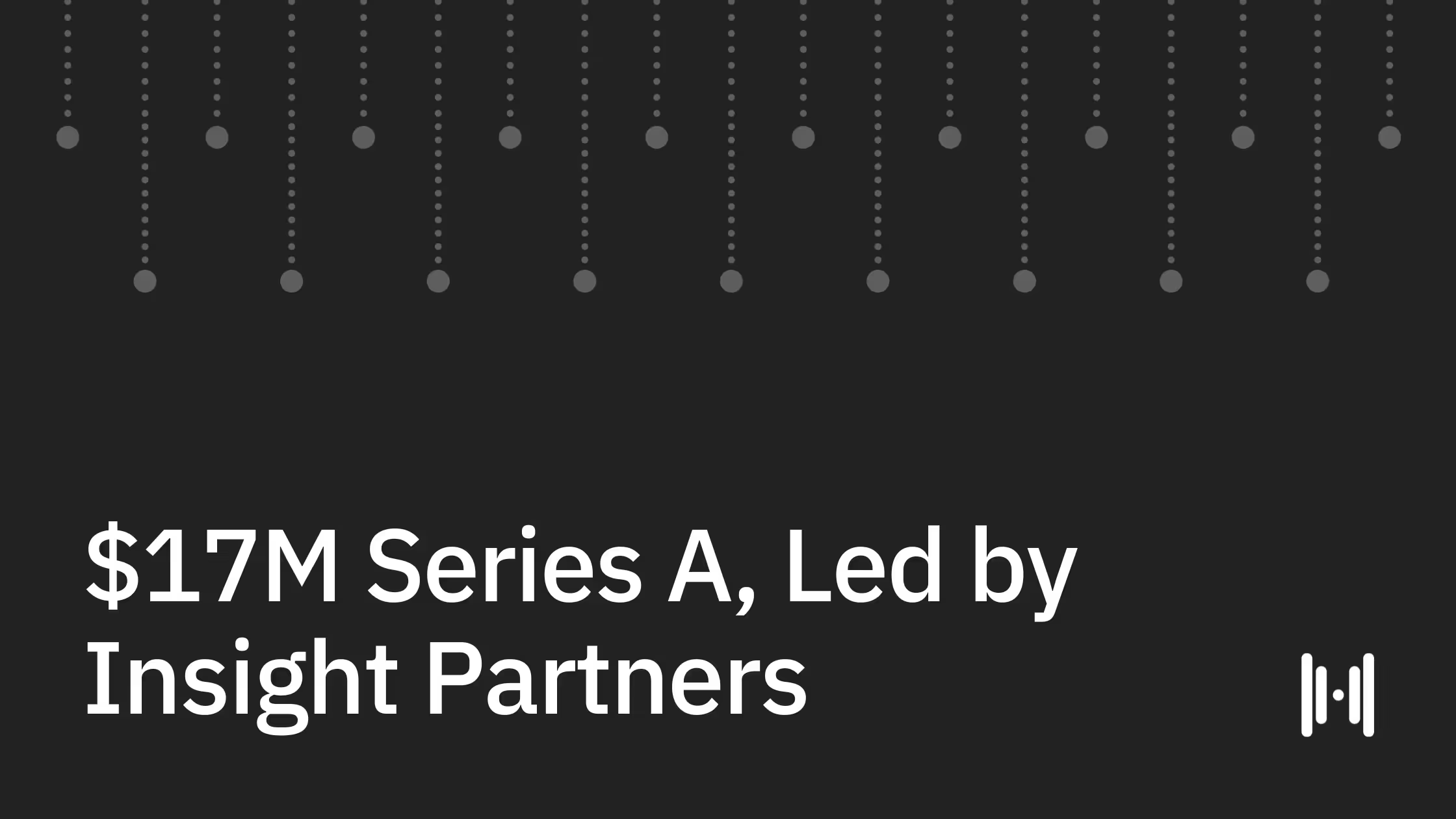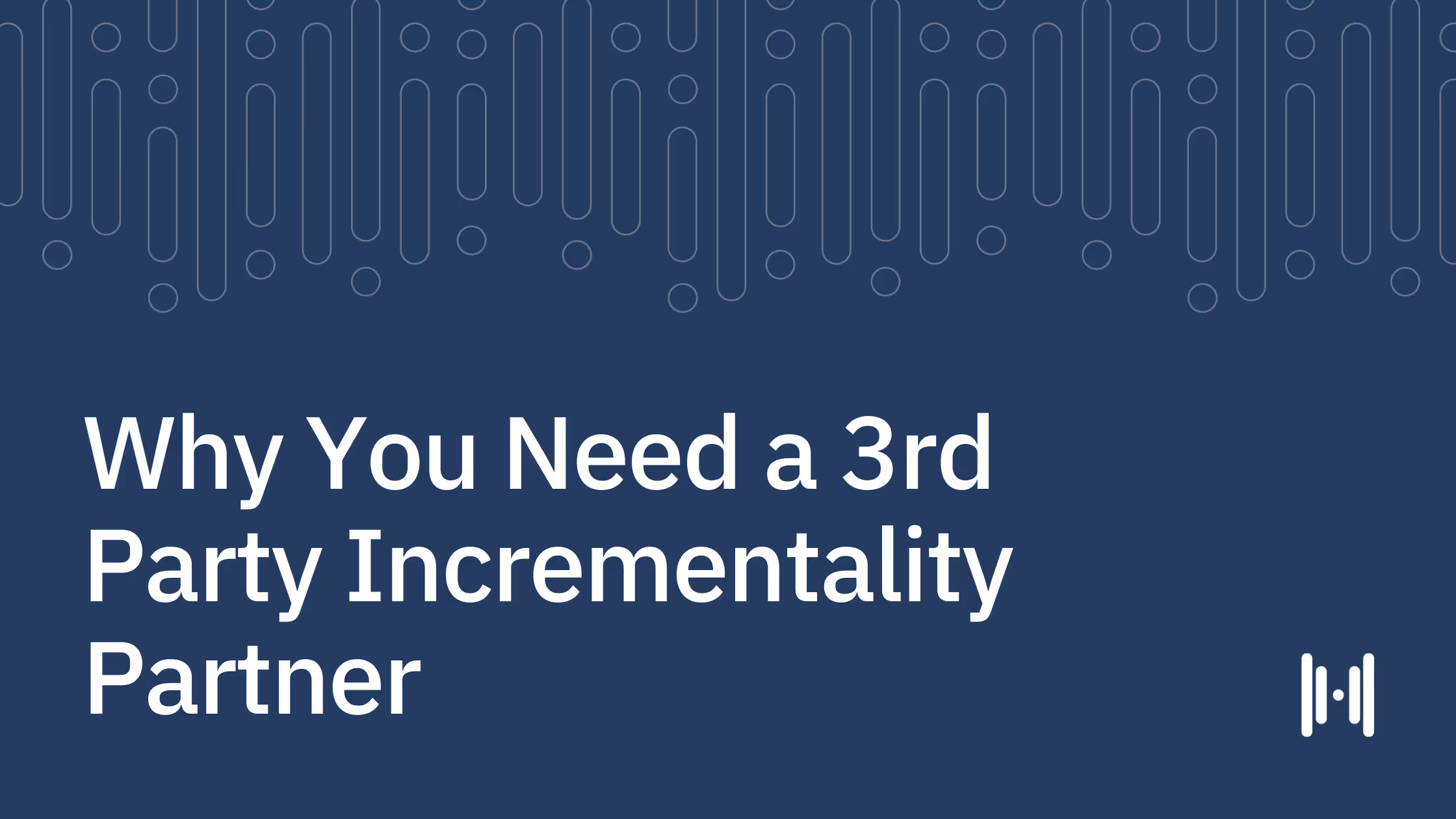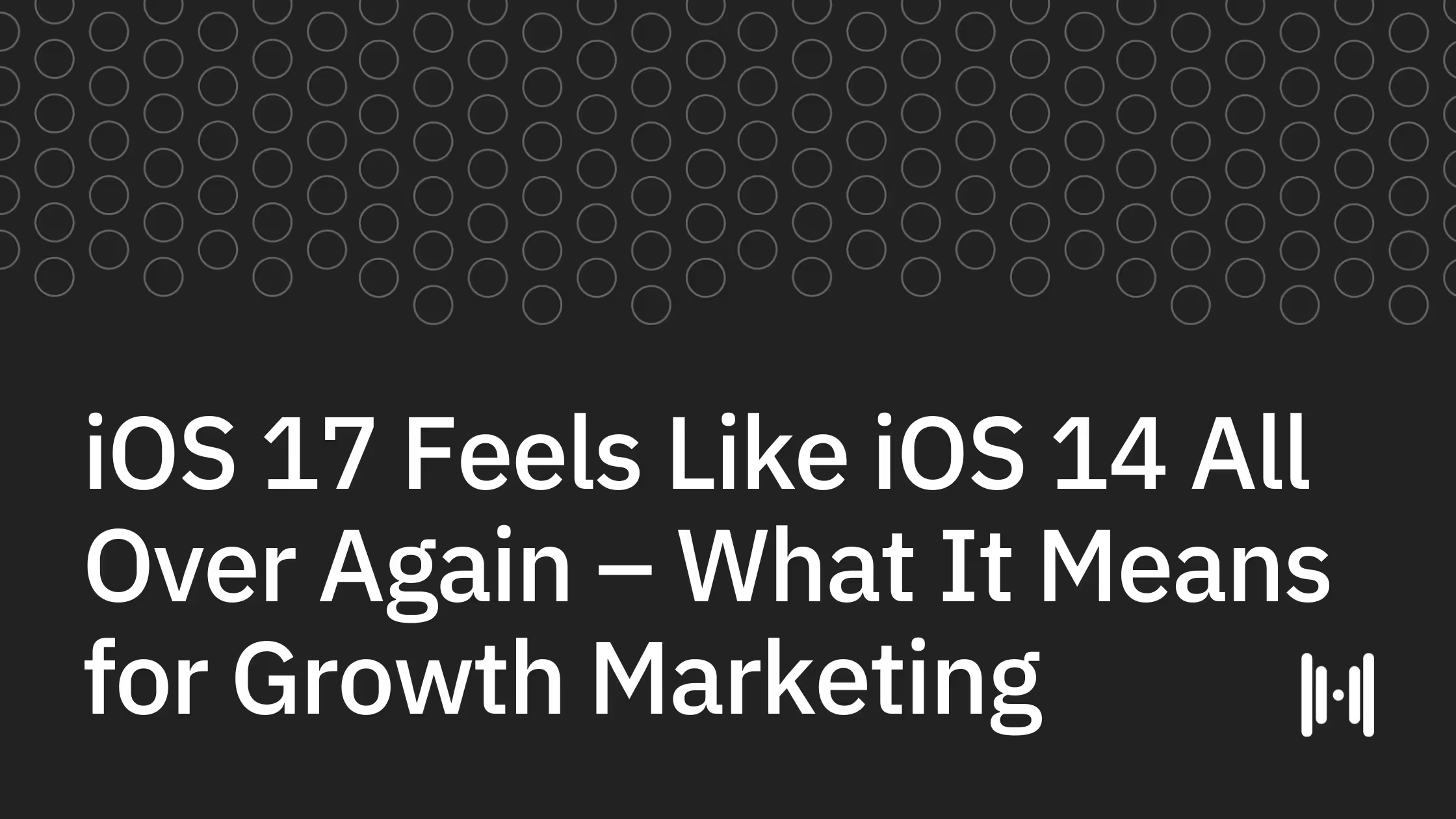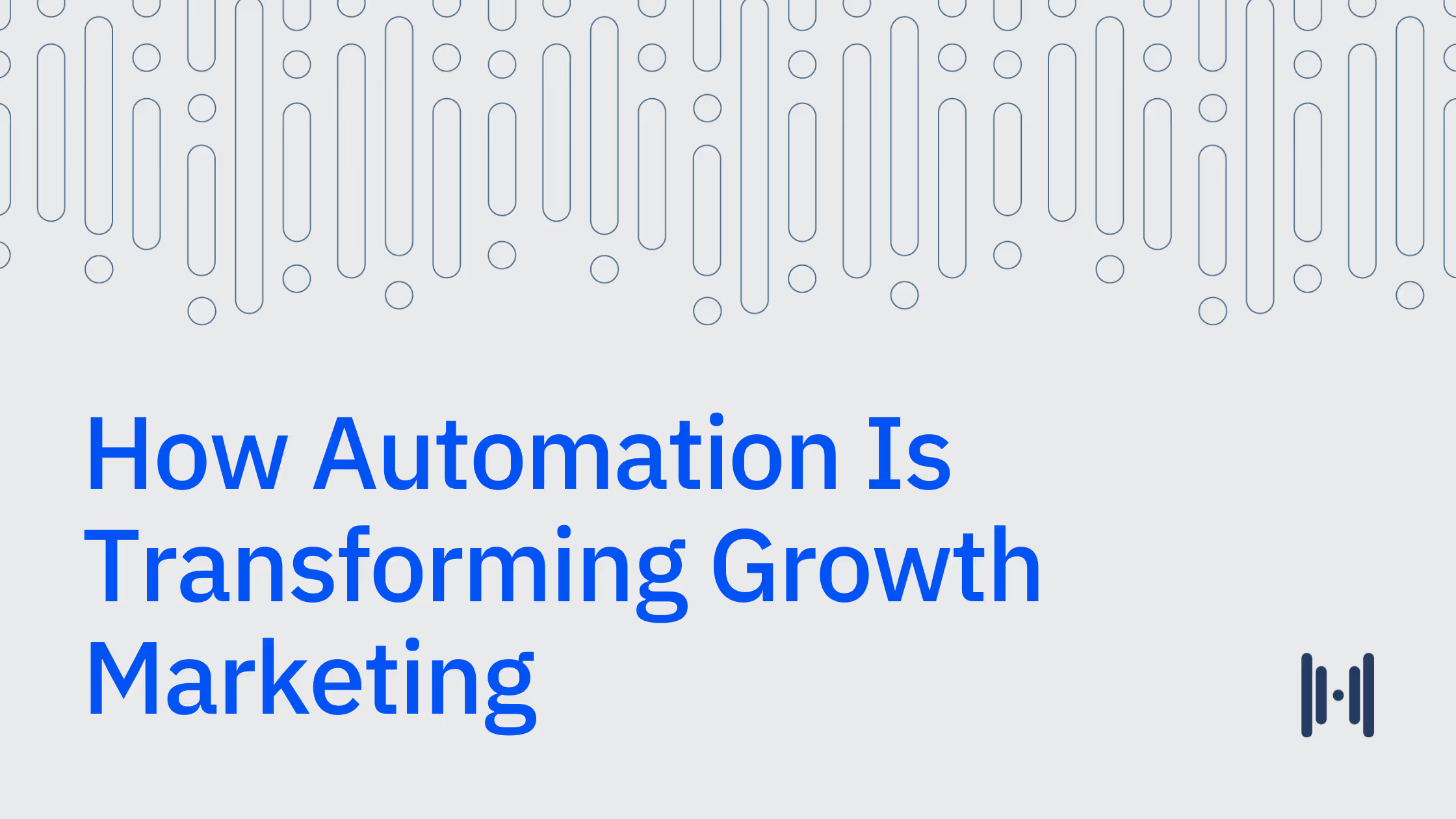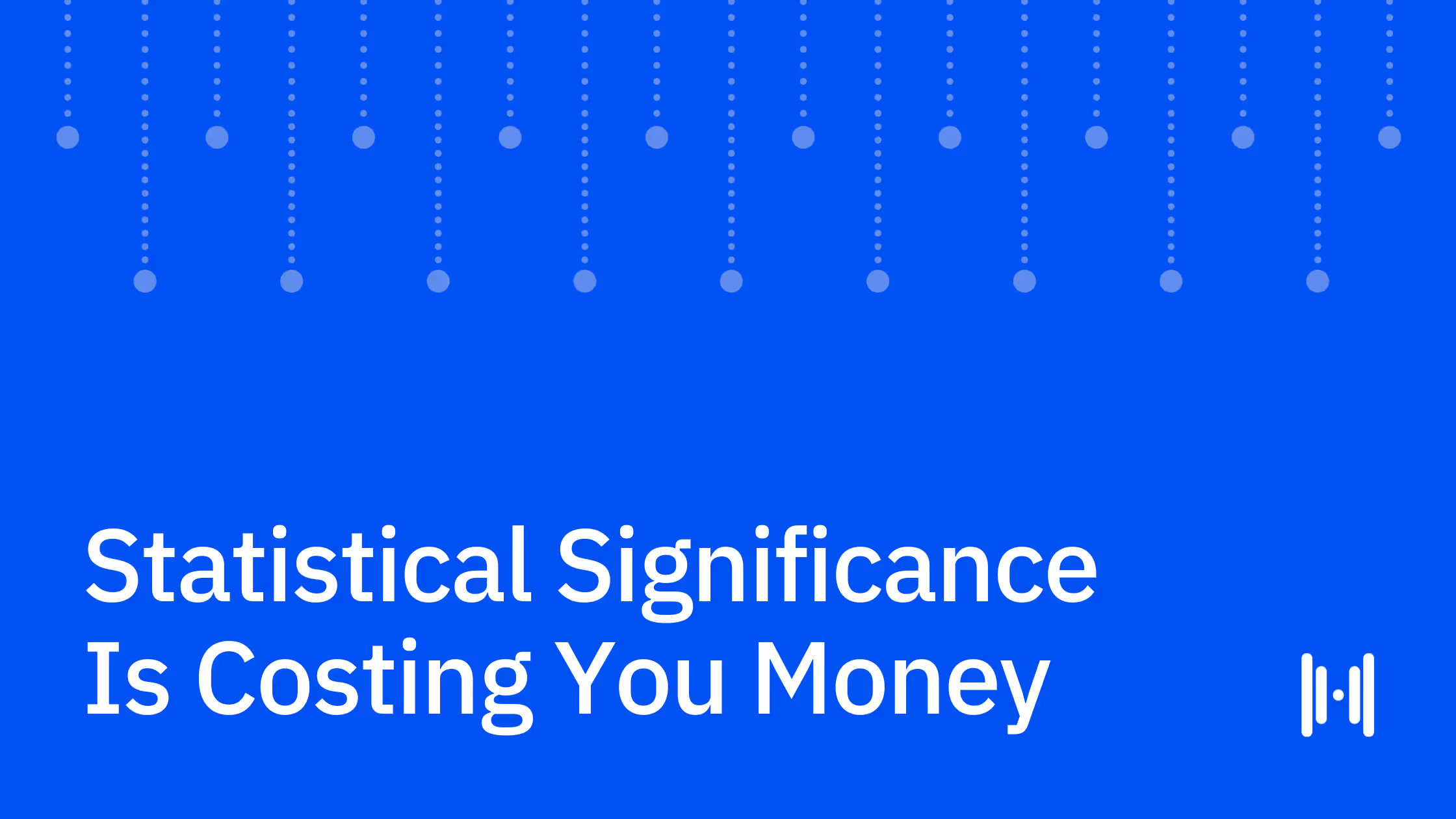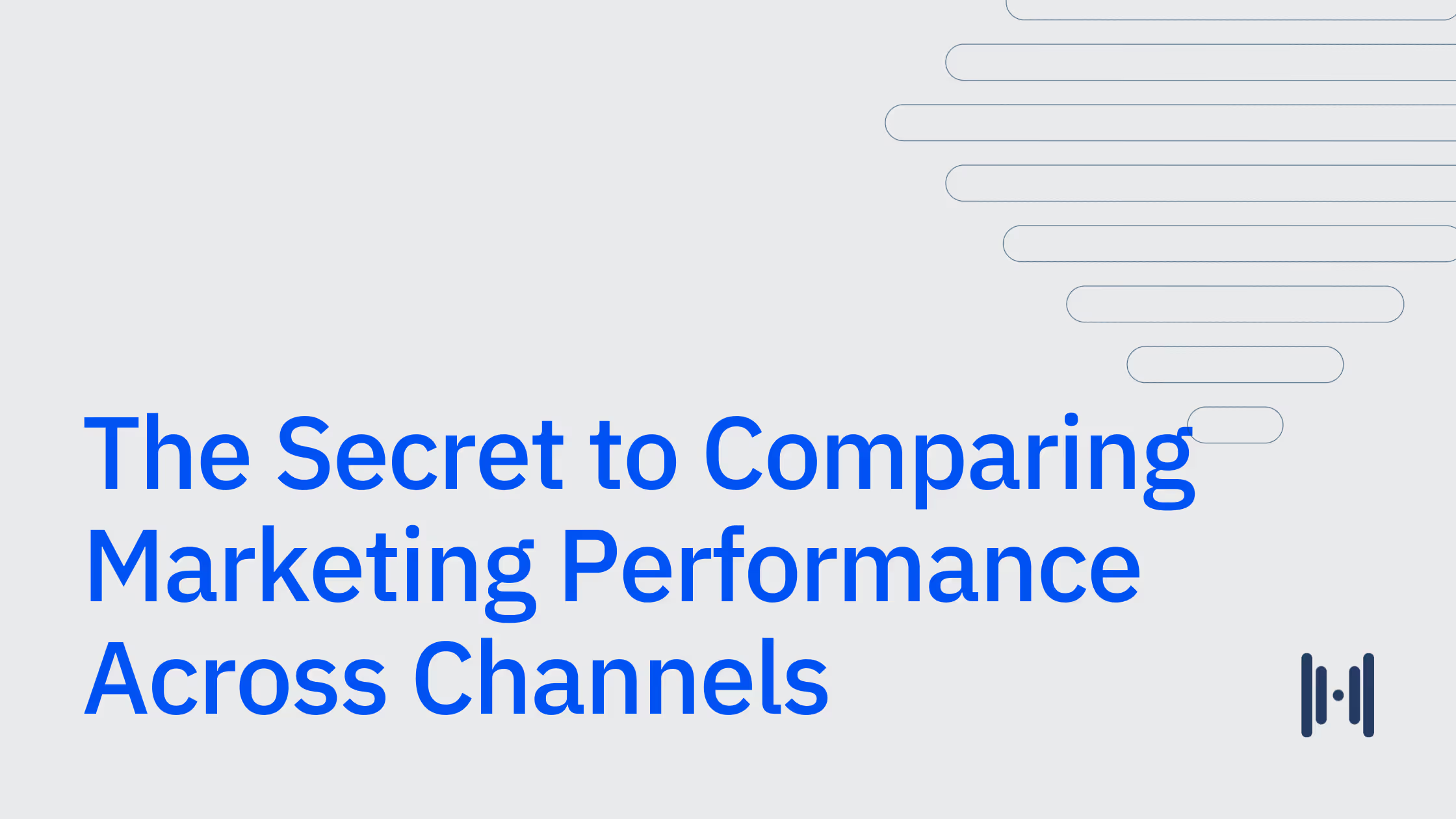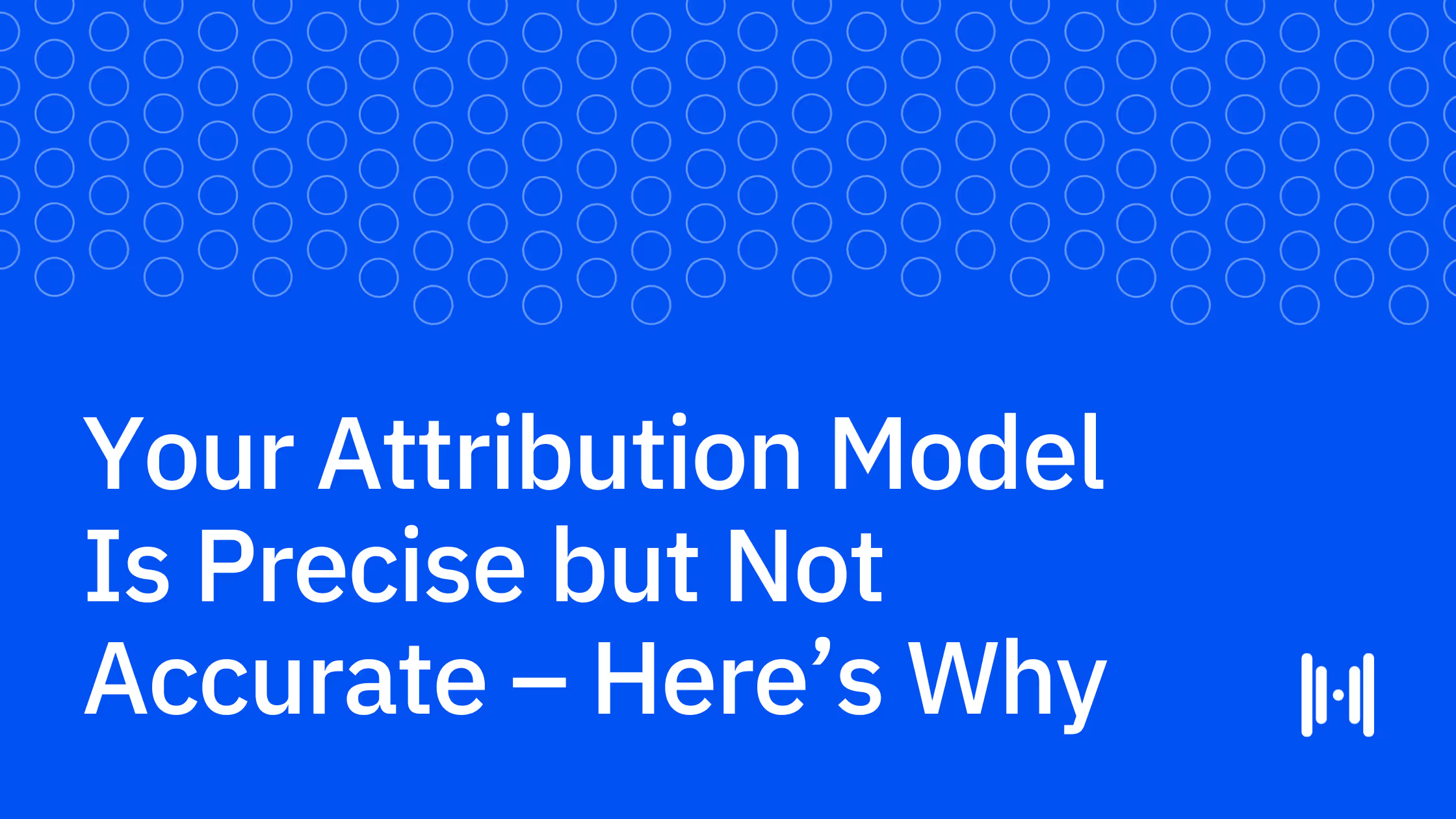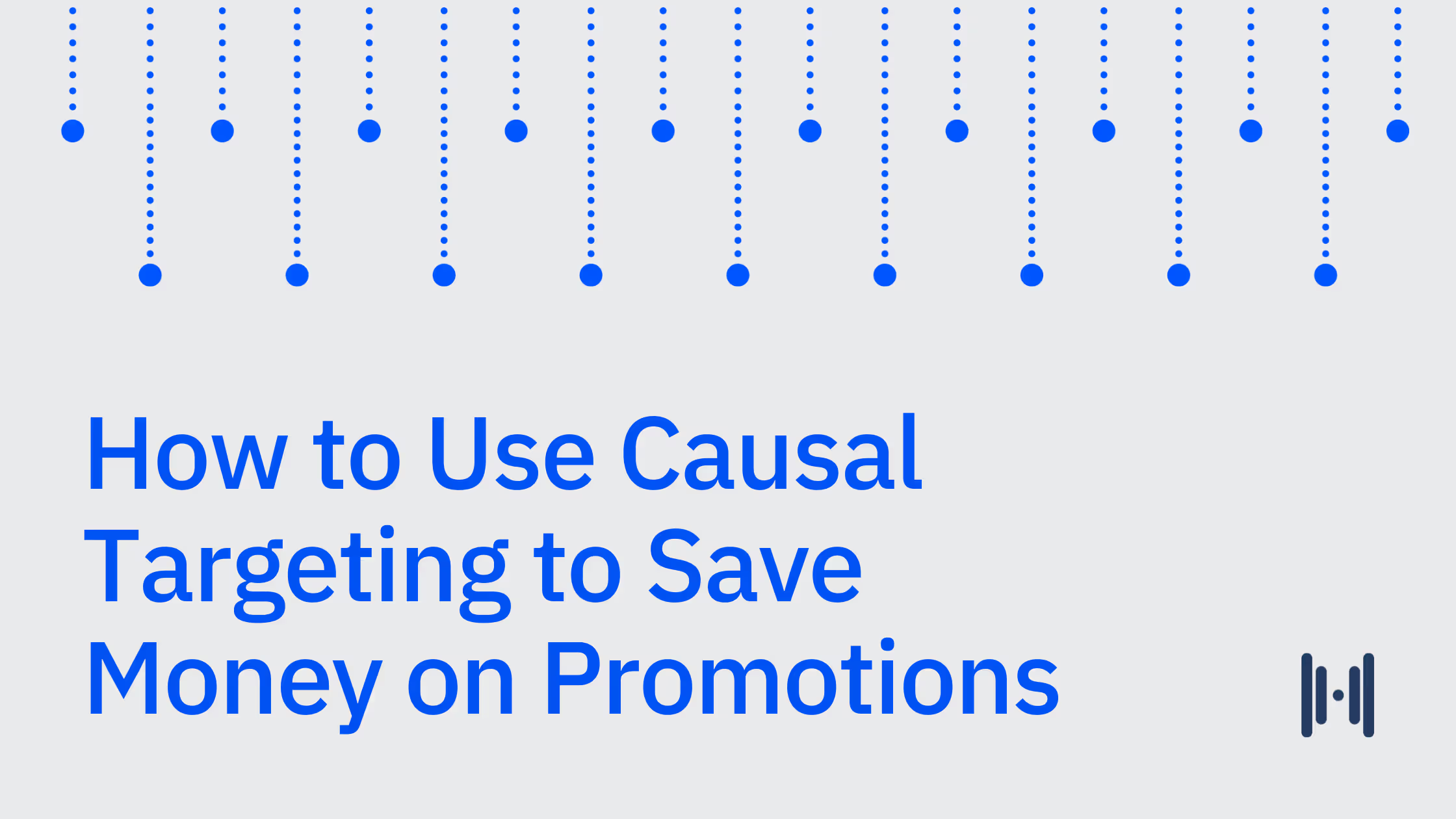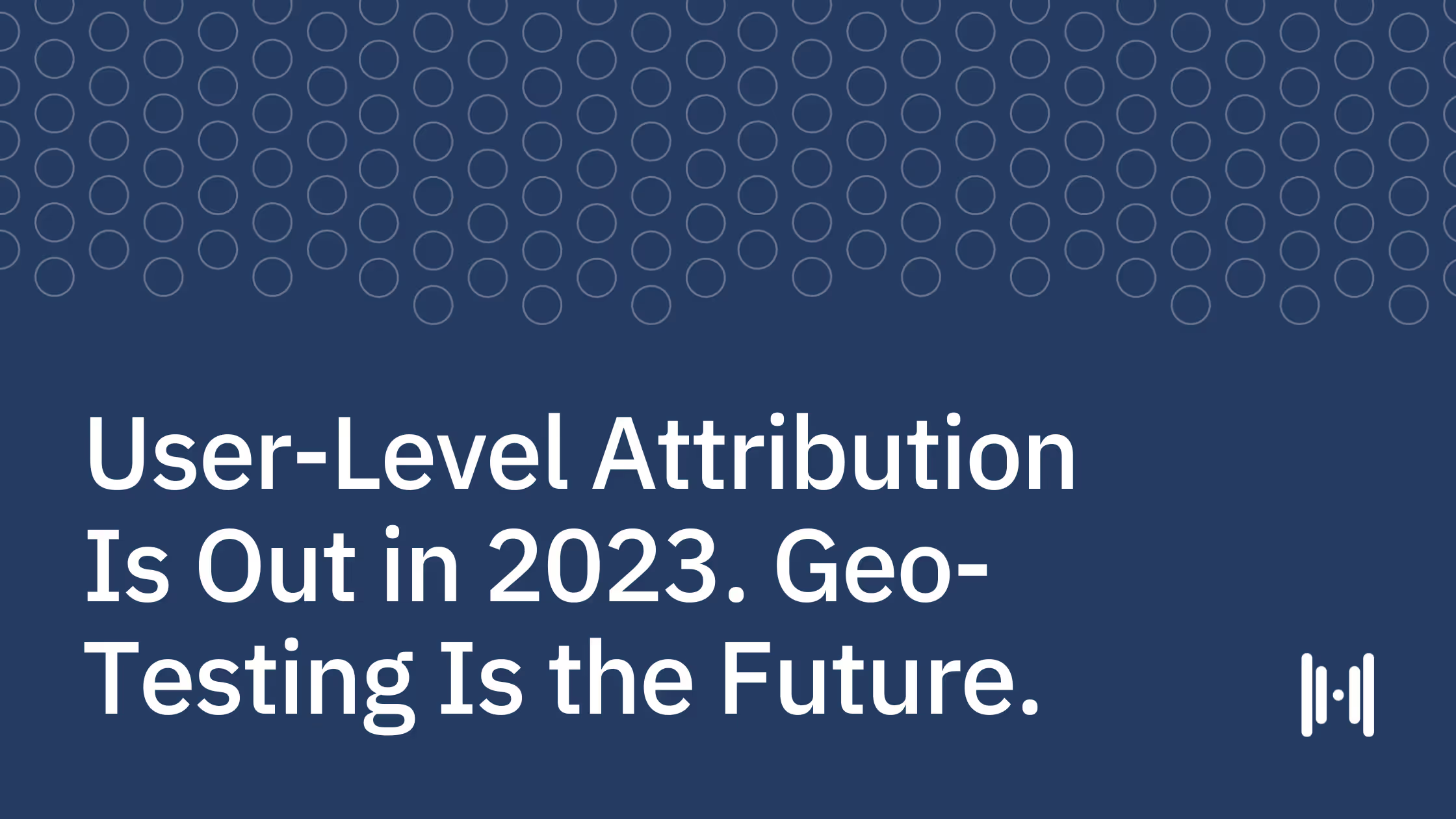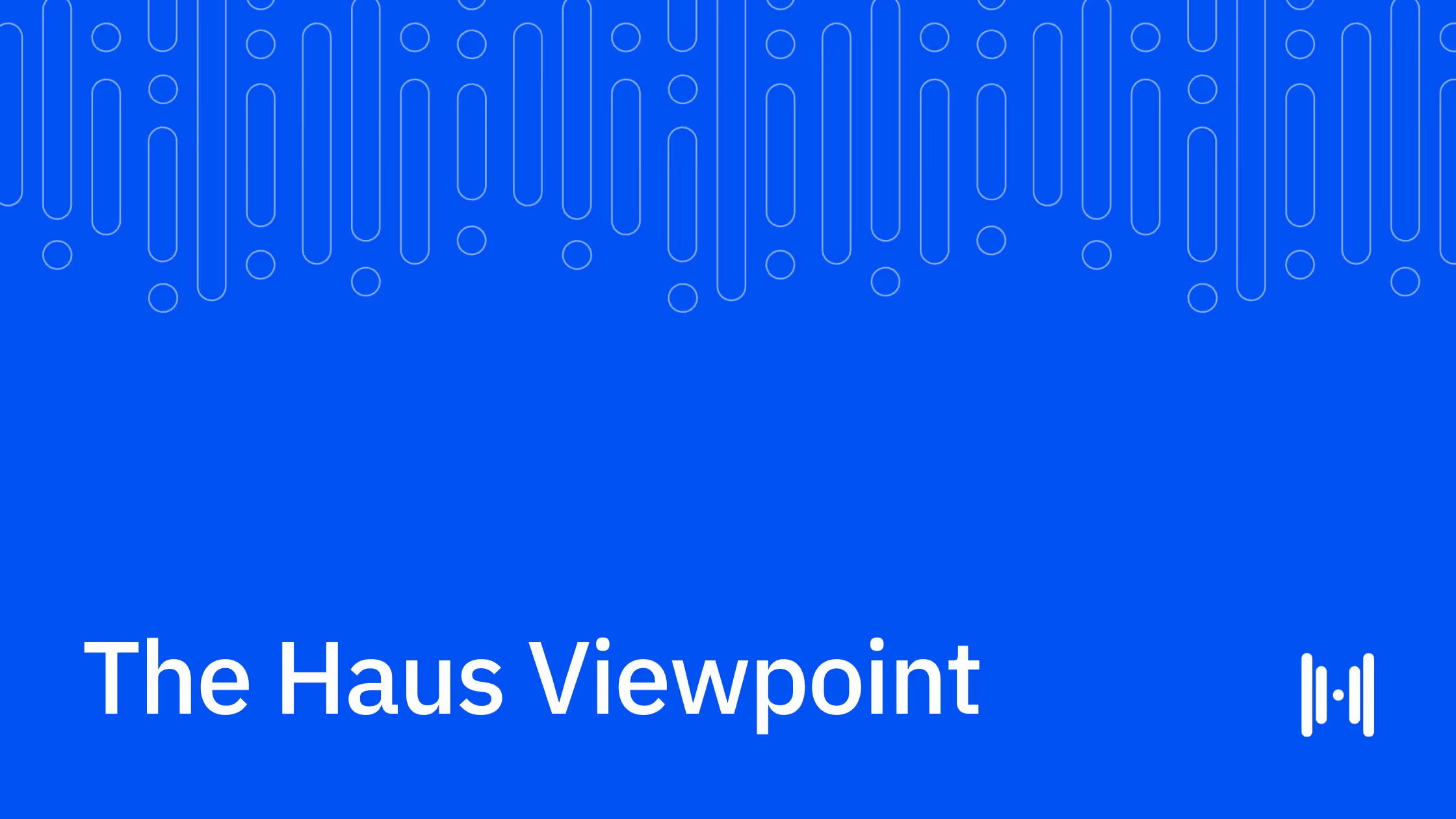
We recently published The Meta Report, our analysis of 640 Meta incrementality experiments run on the Haus platform. Our dataset was robust and diverse, featuring brands across verticals. Spend levels varied, with the average brand in the study spending $14 million annually on the platform.
The report is packed with actionable takeaways (and if you haven’t given it a gander, there’s no time like the present), and one underrated insight from the report is strikingly simple: Meta works. There’s a reason marketers spend so much on the platform.
But…how well does it work? Is it incremental? And if so, how incremental? Chances are, you’re invested heavily in Meta, so let’s unpack its incrementality from all angles so that you can maximize impact on the platform.
Meta’s incremental impact = reliable, fast, and broad
Here's the big takeaway: Meta advertising is highly incremental for most businesses using it:
- On average, Meta drove a 19% lift to brands' primary KPIs (like total revenue or new customer acquisition). Put simply, turning off Meta ads would cause nearly a fifth of these companies' core business outcomes to vanish almost instantly.
- Among all channels we've tested, Meta was responsible for 77 of the top 100 highest-lift experiments. The single record-holding incrementality test — a 74% lift — also belonged to Meta.
- Meta works fast, with 96% of account-wide Meta studies detecting significant lift by the midpoint of the experiment. (The average lift in post-treatment iROAS was just +26%.)
One important detail: For advertisers using only click-based performance measurement, Meta's own reporting often underestimates true incremental impact. Our incrementality tests showed that for every $100 in platform-attributed direct-to-consumer (DTC) revenue (using a 7-day click attribution window), Meta actually generated $115 in incremental revenue — suggesting Meta reports conservatively when you're only measuring clicks.
What is Meta’s omnichannel reach?
Meta's incremental effects aren't limited to DTC outcomes. Brands operating across multiple channels — like Amazon or brick-and-mortar retailers — found that 32% of Meta's total impact boosted these non-DTC sales. This means evaluating Meta efficiency using only DTC incremental return on ad spend (iROAS) undervalues its real importance.
This mirrors what we’ve seen with other Haus customers. For example, Fresh Clean Threads ran an incrementality test to measure Meta’s halo effect on Amazon sales. The results showed that Meta drove a 23% lift in Amazon sales and a 21% lift in DTC sales. While the incremental ROAS for DTC alone was strong, factoring in the omnichannel impact increased total iROAS by 14%.
Advantage+ vs. Manual: Which one should you choose?
Meta's campaign management has changed dramatically, culminating in Advantage+ — a campaign type driven by deeply automated, AI-powered decision-making. This approach removes detailed controls over targeting, creative rotation, and budgeting, letting Meta's algorithms optimize for high-intent buyers.
By 2024, nearly all large Meta advertisers had adopted Advantage+, which now accounts for roughly 39% of spend in typical portfolios. How do these two campaign setups compare in terms of incremental impact?
Advantage+ is a potent intent identifier
Head-to-head incrementality tests revealed an interesting pattern. Advantage+ campaigns found high-intent customers and delivered faster initial results, outperforming manual campaigns by 9% at the test midpoint. However, by the end of test periods (and more significantly in the post-treatment window), Advantage+ lagged behind. Manual campaigns averaged 32% post-treatment lift, while Advantage+ averaged only 17%. Overall, Advantage+ beat Manual only 42% of the time. The iROAS for Advantage+ campaigns was 12% lower than for manual campaigns (at 18% lower daily spend).
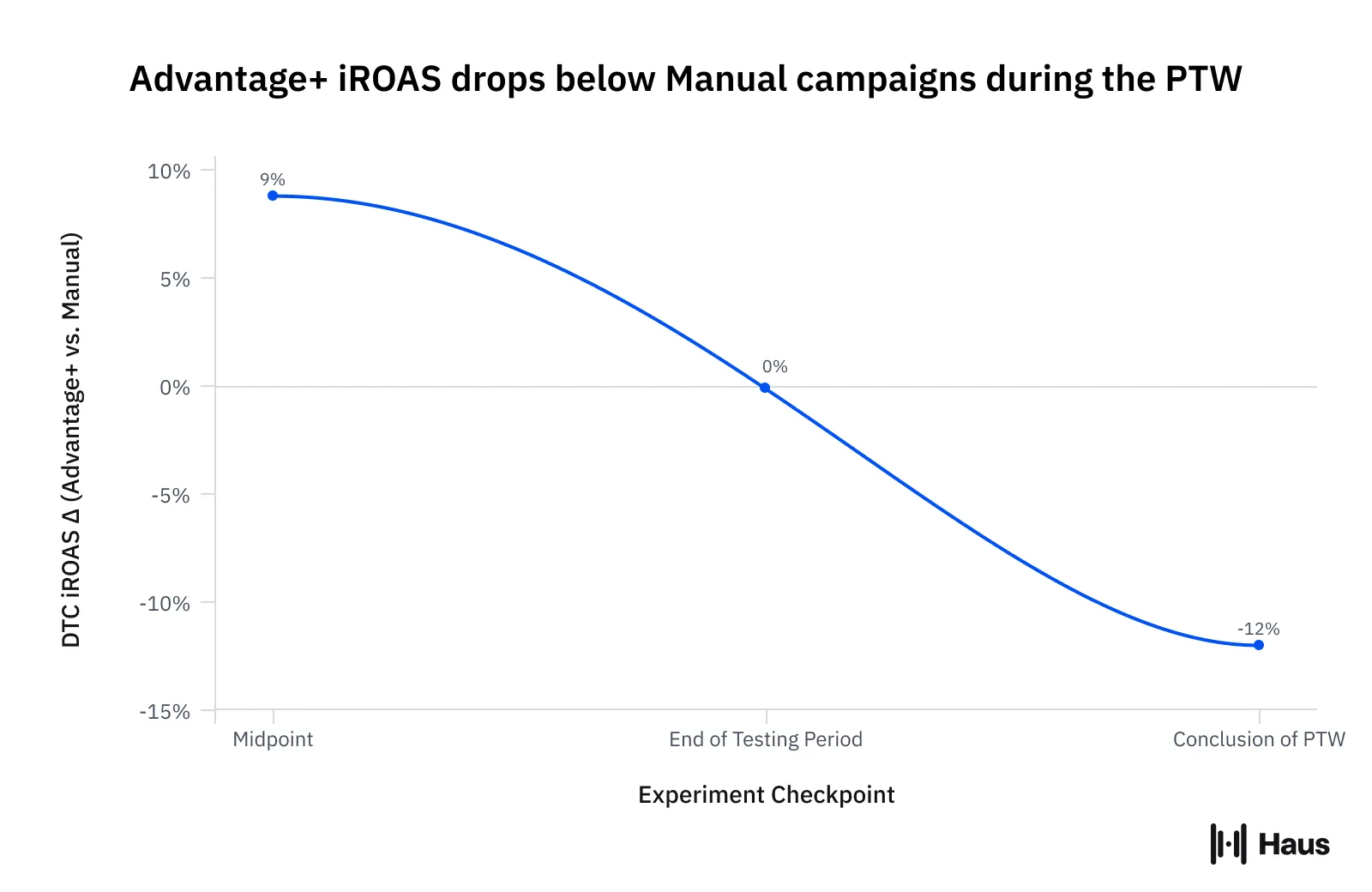
The bottom line is that brands need to test for themselves and find the right balance between automation and incrementality. Testing Meta proactively and thoughtfully can uncover significant incremental gains. For instance, Javvy Coffee tested and discovered their top-of-funnel Meta campaign was over 13x more incremental than their bottom-of-funnel efforts. They shifted most of their Meta budget to top-of-funnel, immediately improving CAC and MER.
Should you split budgets between Advantage+ and manual?
Many brands consider balancing spend between campaign types to hedge their bets. However, our data doesn't support equal allocation. We found that brands moving from a focused approach (favoring either manual or A+) to a 50/50 split suffered an 18% drop in iROAS. In practice, investing heavily in whichever campaign type delivers the best results for your business is more effective than diversifying for balance's sake.
What’s Advantage+’s omnichannel impact?
When considering total omnichannel impact, both Advantage+ and manual campaigns showed strong cross-channel lift, with a slight edge to A+ (+51% for A+ vs +43% for manual on non-DTC sales). This indicates that the automated approach remains solid for brands concerned with influence across retail, marketplaces, and DTC channels.
What role does funnel stage play in Meta’s impact?
While automation like Advantage+ excels at finding and converting high-intent (lower-funnel) prospects, sustaining funnel health and incremental gains over time often requires a broader approach.
Mid-funnel campaigns
Our report found that Interest in mid-funnel campaigns (like optimizing for "add to cart" or product page views) is making a comeback: Mid-funnel testing has seen a +121% increase in testing frequency across Haus customers.
There’s good reason for this: While mid-funnel campaigns averaged 14% lower DTC iROAS, they also drove higher funnel-building effects (9% higher post-treatment lift), a greater halo effect outside DTC (+70%), and a higher share of new customers acquired (78% vs. 67% for lower-funnel campaigns).
Here's a hypothetical: a high-end cookware brand regularly seeing its lower-funnel ads plateau can layer in mid-funnel campaigns to attract new site visitors and nurture future buyers — resulting in broader incremental sales even at nominally lower immediate efficiency.
Upper-funnel efforts
Upper-funnel campaigns (traffic, reach, video views, awareness) get a small fraction of budgets (6%) and haven't grown in deployment. However, they can significantly boost brand lift and omnichannel effects — delivering a 138% non-DTC halo for brands who adopt them. These campaigns tend to under-report incremental effects when measured using standard attribution, making their value less obvious in dashboard data but substantial in the real world.
Again, this reflects the experience of Haus customers. For example, Mejuri tested moving their Meta strategy up-funnel and immediately saw an impact. Test results showed that upper-funnel tactics alone drove 11% of their new revenue during the test period, and the iROAS hit their goal exactly.
Brands constrained by creative resources (e.g., lacking the assets for a full connected-TV campaign) might find upper-funnel Meta campaigns a practical entry point for broader awareness and acquisition goals.
How accurate is Meta’s in-platform reporting?
A consistent theme is that Meta's in-platform attribution can misrepresent true incremental effect — sometimes under- and sometimes over-stating it depending on campaign type, funnel stage, and channel mix. While Advantage+ tended to over-report revenue compared to manual, mid- and upper-funnel campaigns were more likely to under-report actual lift, especially when measured only by DTC outcomes.
This is a reminder that platforms are grading their own homework. A third-party measurement solution can be the arbiter you need to accurately measure the incremental impact of ad platforms.
How incremental is Meta’s new incremental attribution feature?
Meta recently launched "Incremental Attribution," a new campaign setting that promises to optimize campaigns for truly incremental conversions. Early tests show mixed results, with a 43% success rate against standard settings — a promising start, but one that needs further validation.
The core challenge is separating those who would've bought anyway from those persuaded by the ad. While machine learning models have historically struggled with causal inference, Meta has significant resources and proprietary lift-test data to iterate here.
What this means for your brand
Given the evidence, here are several direct implications for brands using Meta:
- Meta advertising is very likely incremental. For most brands, Meta remains a core growth engine with real impact, especially when you consider revenues beyond DTC.
- Test automations for your specific situation. Advantage+ can be powerful, but its effectiveness compared to manual campaigns isn't uniform. You'll benefit from structured testing, not assumptions.
- Omnichannel brands need to look beyond DTC metrics. Since a major share of Meta's incremental lift shows up in retail or marketplace channels, using only DTC iROAS leaves money on the table.
- Mid- and upper-funnel campaigns support long-term funnel health and omnichannel lift. While short-term return on ad spend (ROAS) may be lower, strategic investment in these stages can pay off across your broader business.
- Incremental attribution (and attribution in general) is evolving. Continue to test improvements but avoid wholesale shifts until you see solid, repeatable lift.
The bottom line
In summary: Meta is highly incremental for most brands, particularly when measured across sales channels. The tradeoff between automation (Advantage+) and manual controls is real and must be approached through rigorous testing, not assumptions. Above all, creative and structural optimization — supported by careful funnel management and continually improving measurement capabilities — will drive the most sustainable incremental gains going forward.
You shouldn't fear Meta suddenly "not working." Instead, stay flexible, monitor all relevant KPIs and incremental metrics, and be ready to adapt to the platform's ongoing changes. Avoid the temptation to reflexively adopt every new feature — test, measure, and scale what works for your unique context.
Meta Incrementality FAQ
What is Meta’s Incremental Attribution feature?
Incremental Attribution is a campaign setting designed to optimize ads for incremental conversions rather than just total conversions. Unlike traditional attribution, which tracks all conversions after ad exposure, incremental attribution aims to identify which conversions happened specifically because of the ad and wouldn't have happened otherwise. Early testing shows mixed results with a 43% success rate compared to standard settings, indicating it's a promising but still-developing approach to measuring true ad impact.
What is an example of incrementality?
A clear example of incrementality would be a nationwide fitness brand that pauses Meta ads for two weeks in a specific market while maintaining spend everywhere else. If their revenue in that market falls by 20% during this holdout period, this demonstrates that Meta advertising is directly responsible for generating that 20% of revenue — revenue that wouldn't exist without those ads. This lift represents Meta's incremental contribution to the business.
What is the difference between attribution and incrementality in marketing?
Attribution tracks which marketing touchpoints are associated with conversions and assigns credit based on rules (like last-click or multi-touch attribution). However, it doesn't necessarily prove causation. Incrementality measures the true causal impact of marketing by determining what business outcomes would not have happened without that specific marketing activity. For example, Meta's click-based attribution might track sales after ad clicks, but incrementality testing reveals that for every $100 in platform-attributed DTC revenue, Meta actually generated $115 in incremental revenue — showing that attribution can sometimes underestimate true impact.
What is the incremental method of marketing?
The incremental method of marketing focuses on understanding and optimizing for the true lift or additional business outcomes generated by specific marketing activities. Rather than simply tracking all conversions that follow marketing exposure, this approach isolates the incremental impact through controlled experiments (like holdout tests) to determine what would have happened without the marketing activity. This method helps marketers invest in channels and tactics that genuinely drive new business outcomes rather than merely claiming credit for conversions that would have happened anyway.
How do I measure incrementality on Facebook/Meta?
To measure incrementality on Meta, you can conduct controlled experiments like geo-holdout tests, where you pause Meta ads in specific markets while maintaining spend elsewhere, then compare business outcomes between test and control regions.
When evaluating incrementality, look beyond DTC metrics, as approximately 32% of Meta's total impact actually boosts non-DTC sales channels like retail stores or marketplaces. Measure post-campaign effects as well, since different campaign types (like Advantage+ vs. Manual campaigns) show varying patterns of incremental lift over time.
.png)
.png)
.png)
.avif)


.png)
.png)
.png)
.png)
.png)
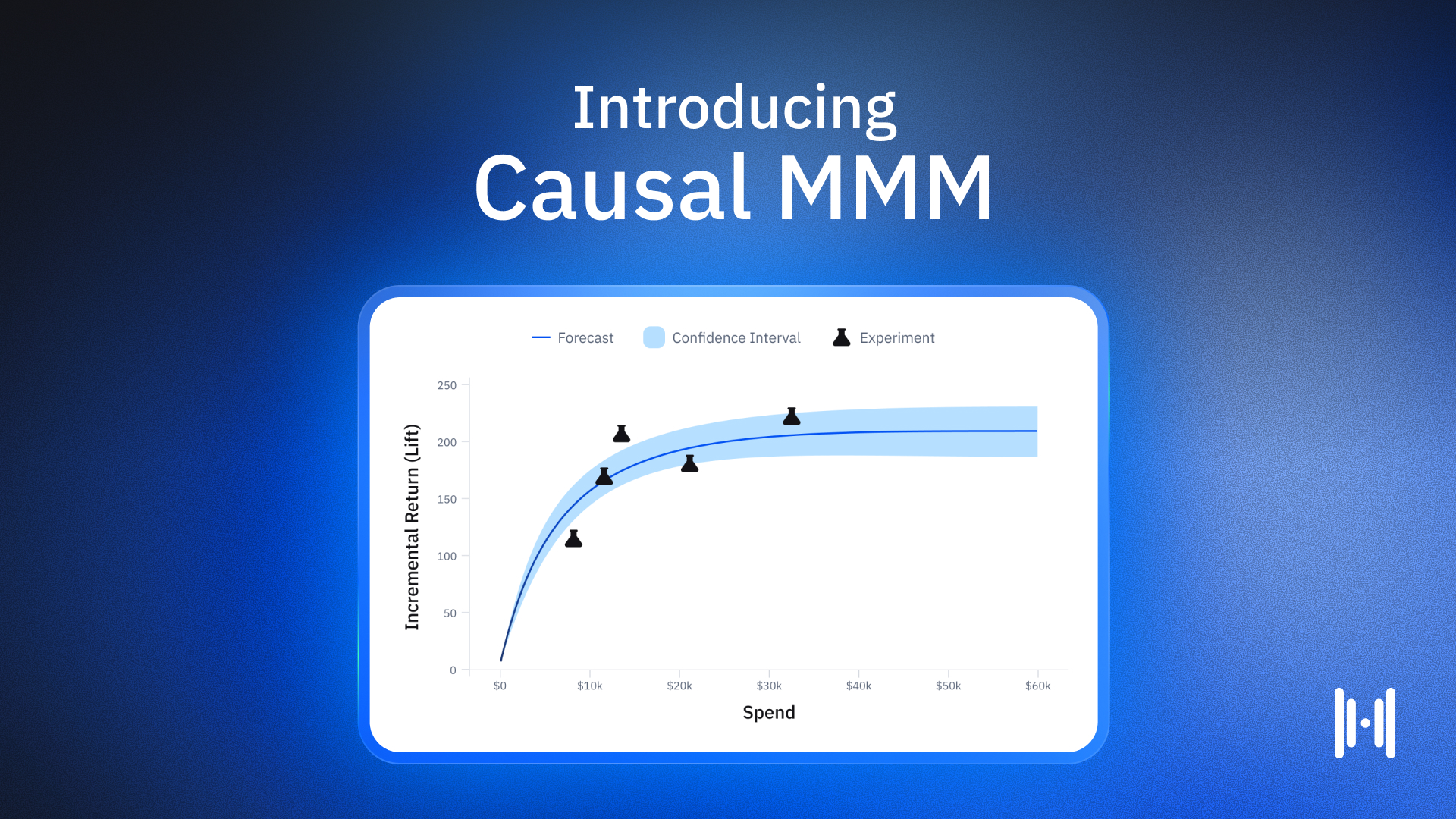
.avif)
.png)
.png)
.png)
.png)
.png)
.png)
.png)
.png)
.png)
.webp)
.webp)
.webp)
.webp)
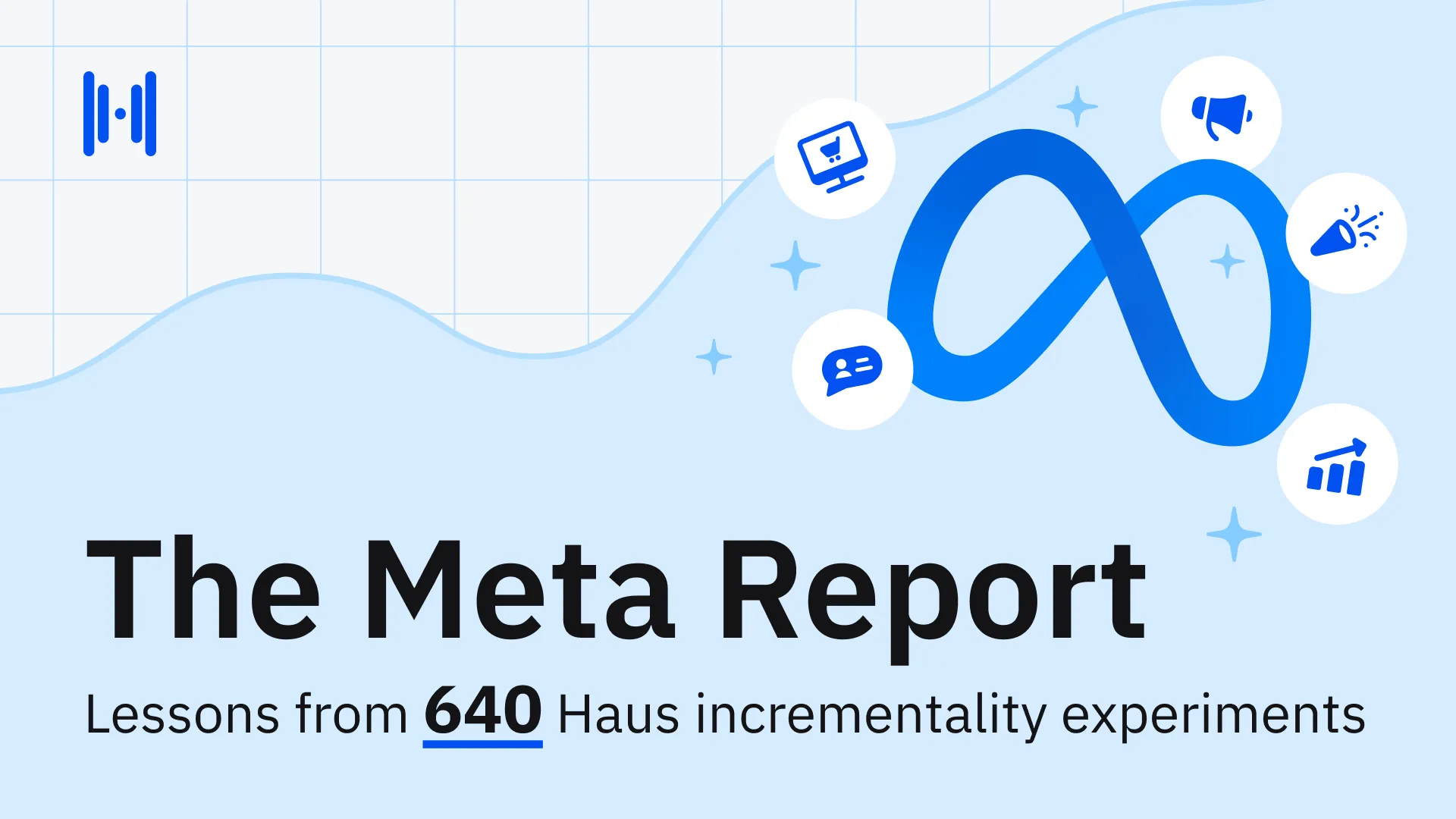
.webp)
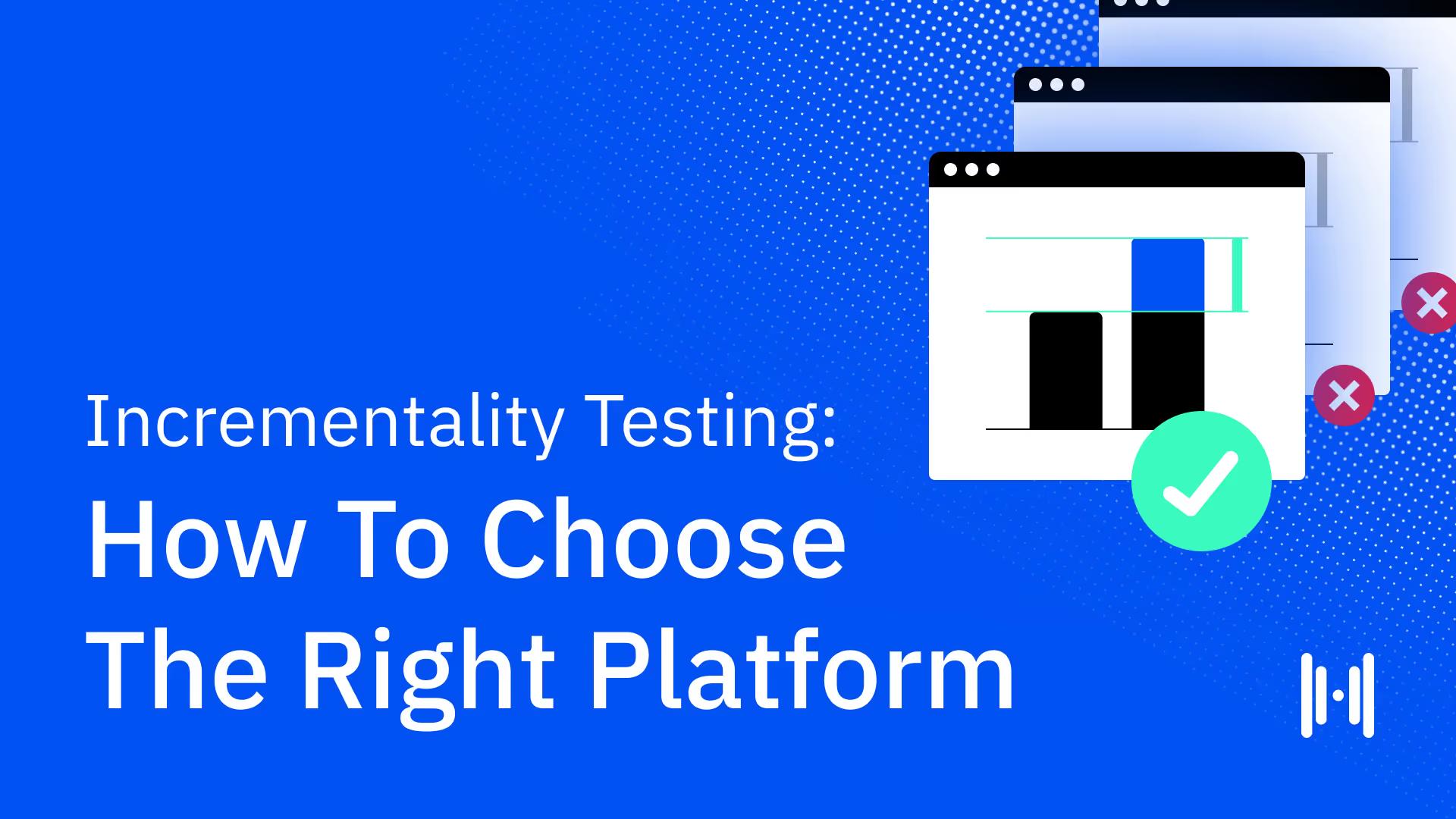
.webp)
.webp)
.webp)
.webp)
.webp)
.webp)
.webp)
.webp)
.webp)
.webp)
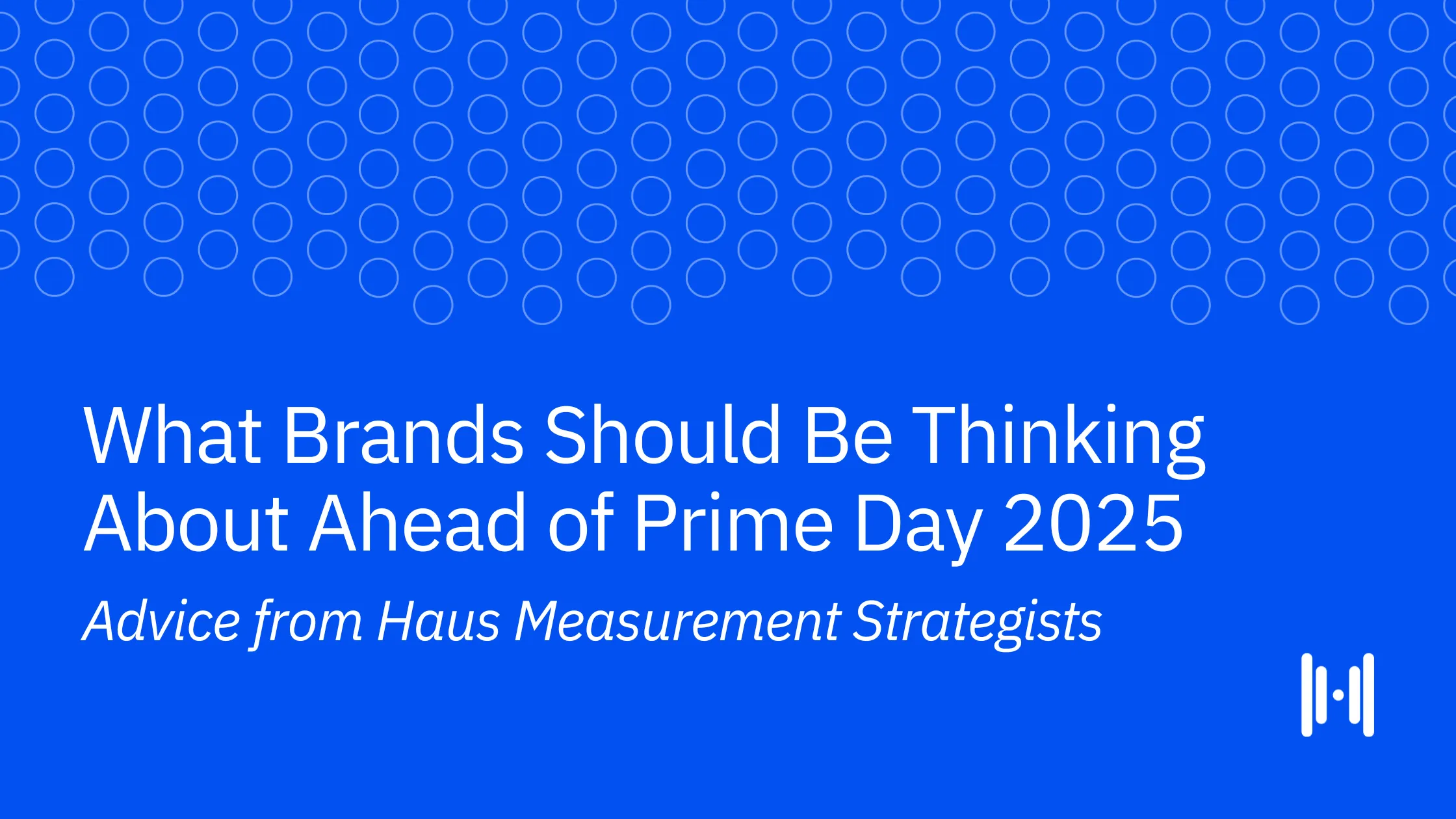
.webp)
.webp)
.webp)
.webp)
.webp)
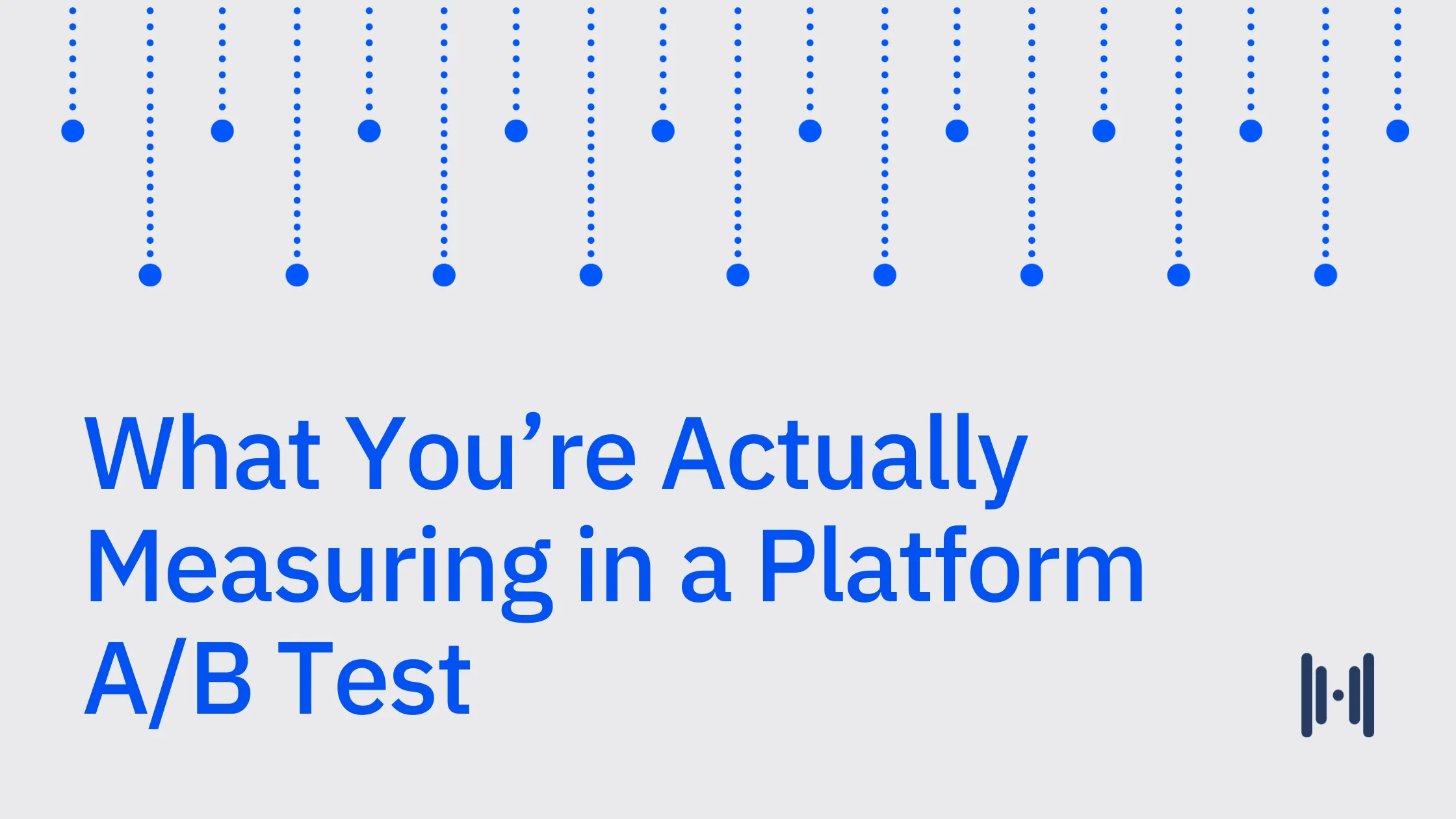
.webp)
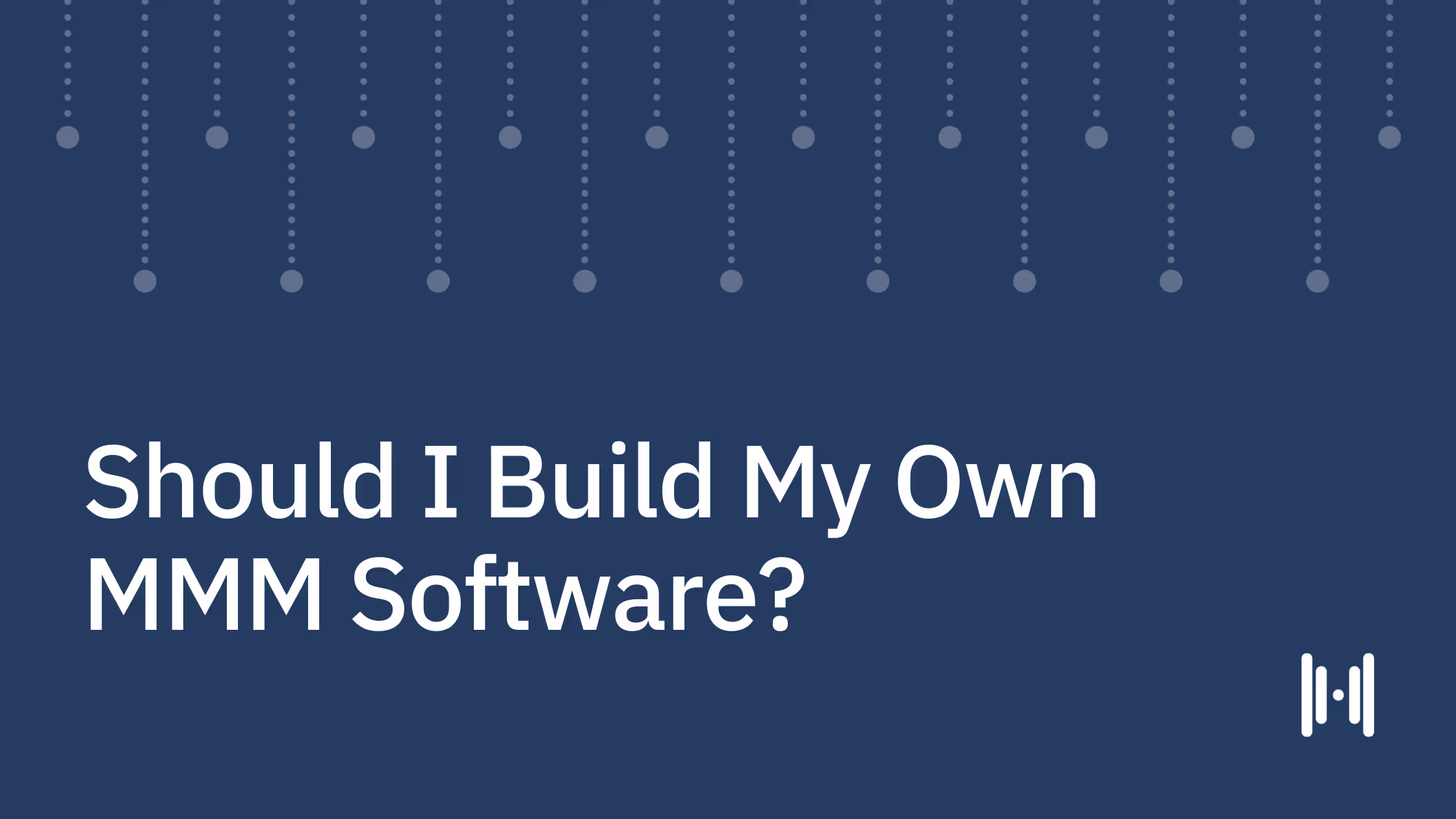
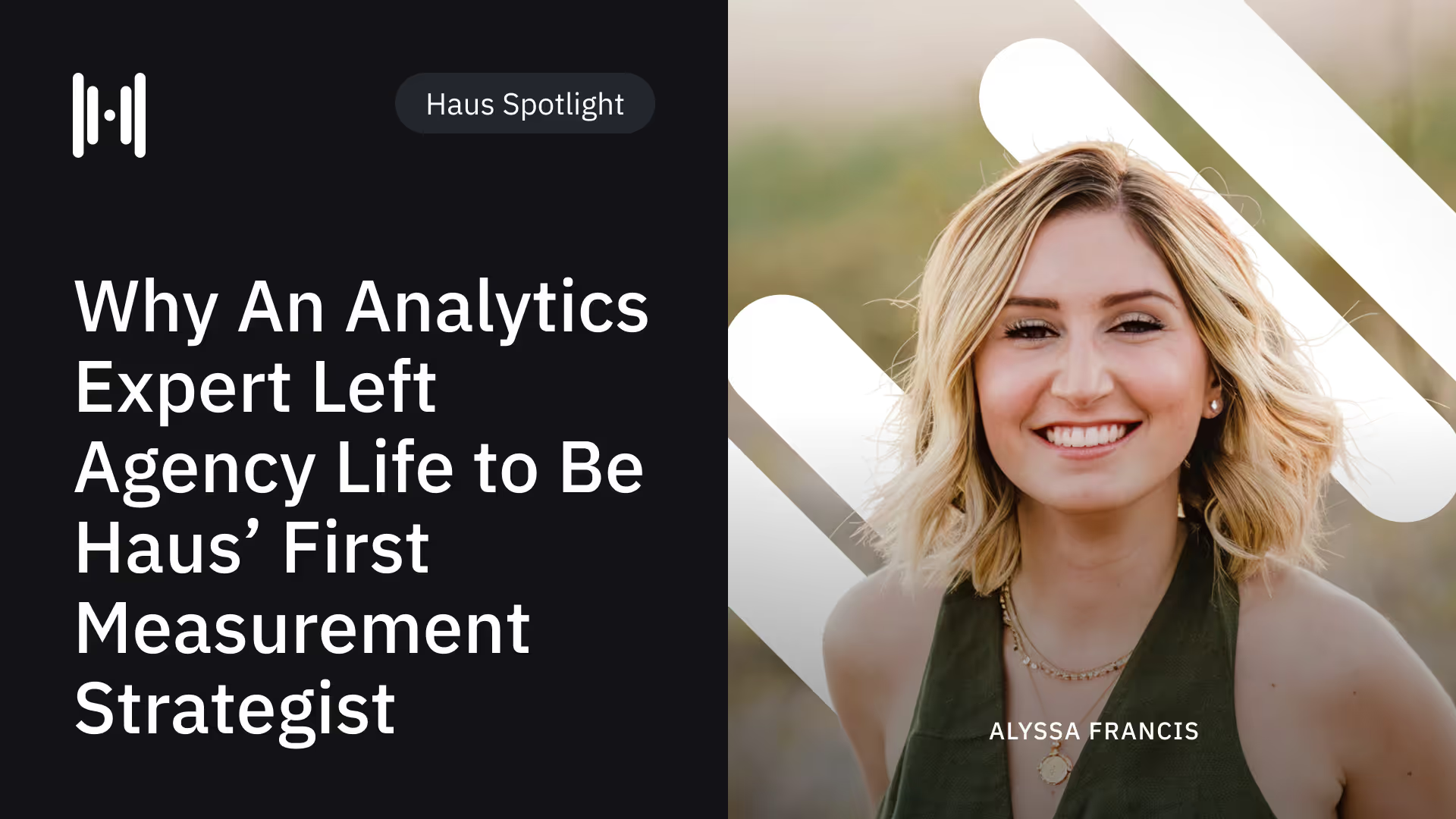
.avif)
.avif)


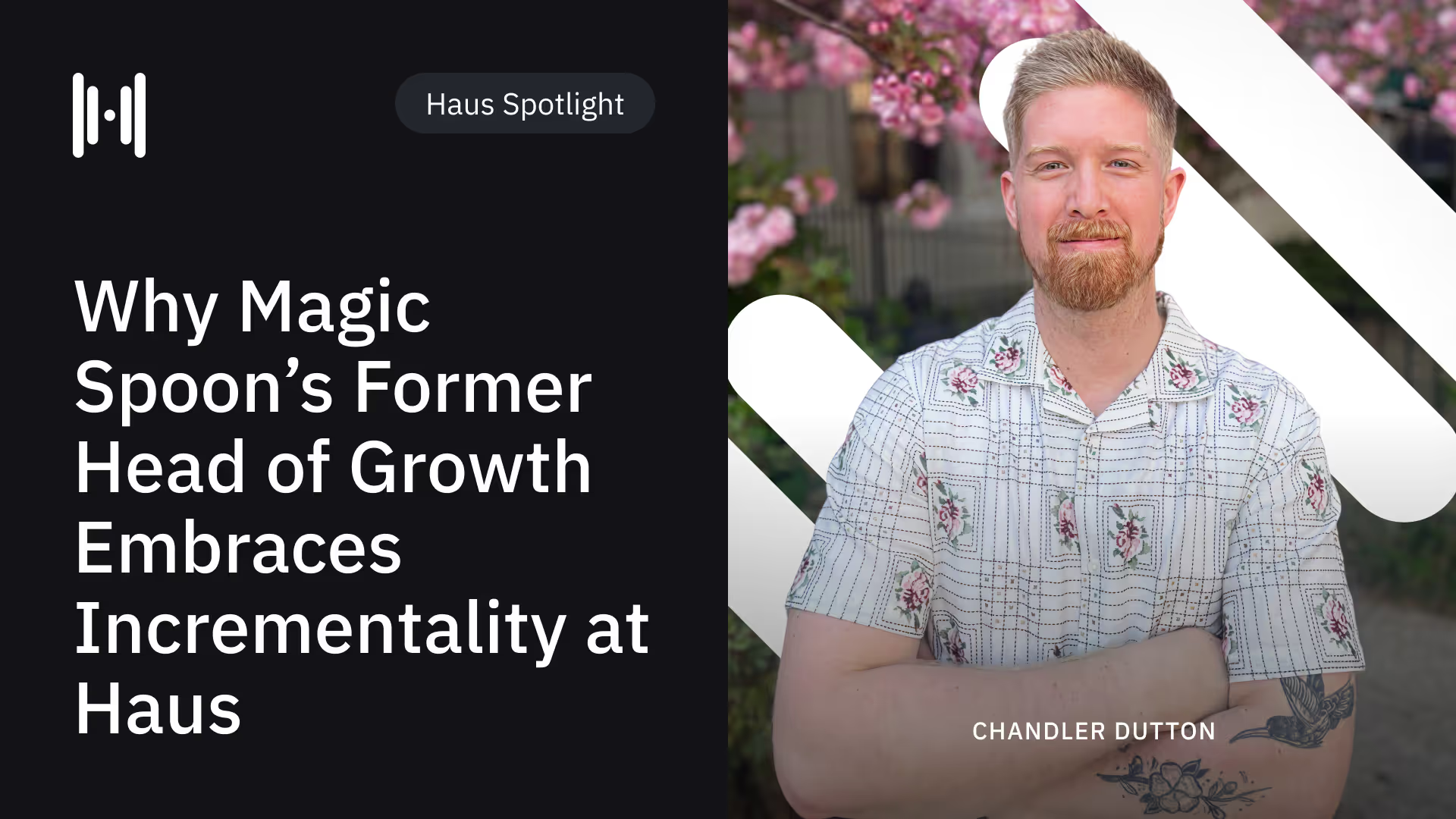
.avif)
.avif)
.avif)
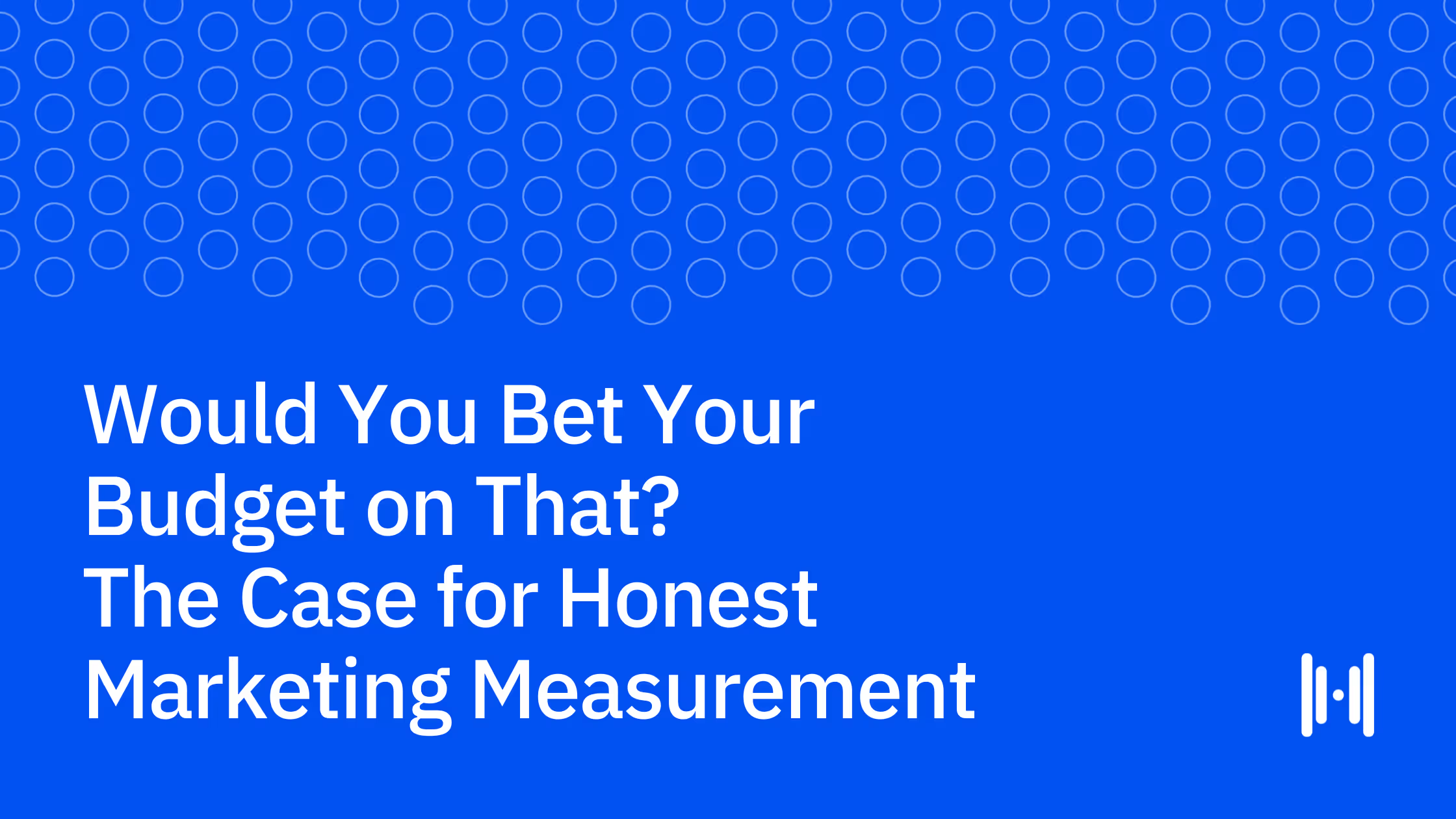
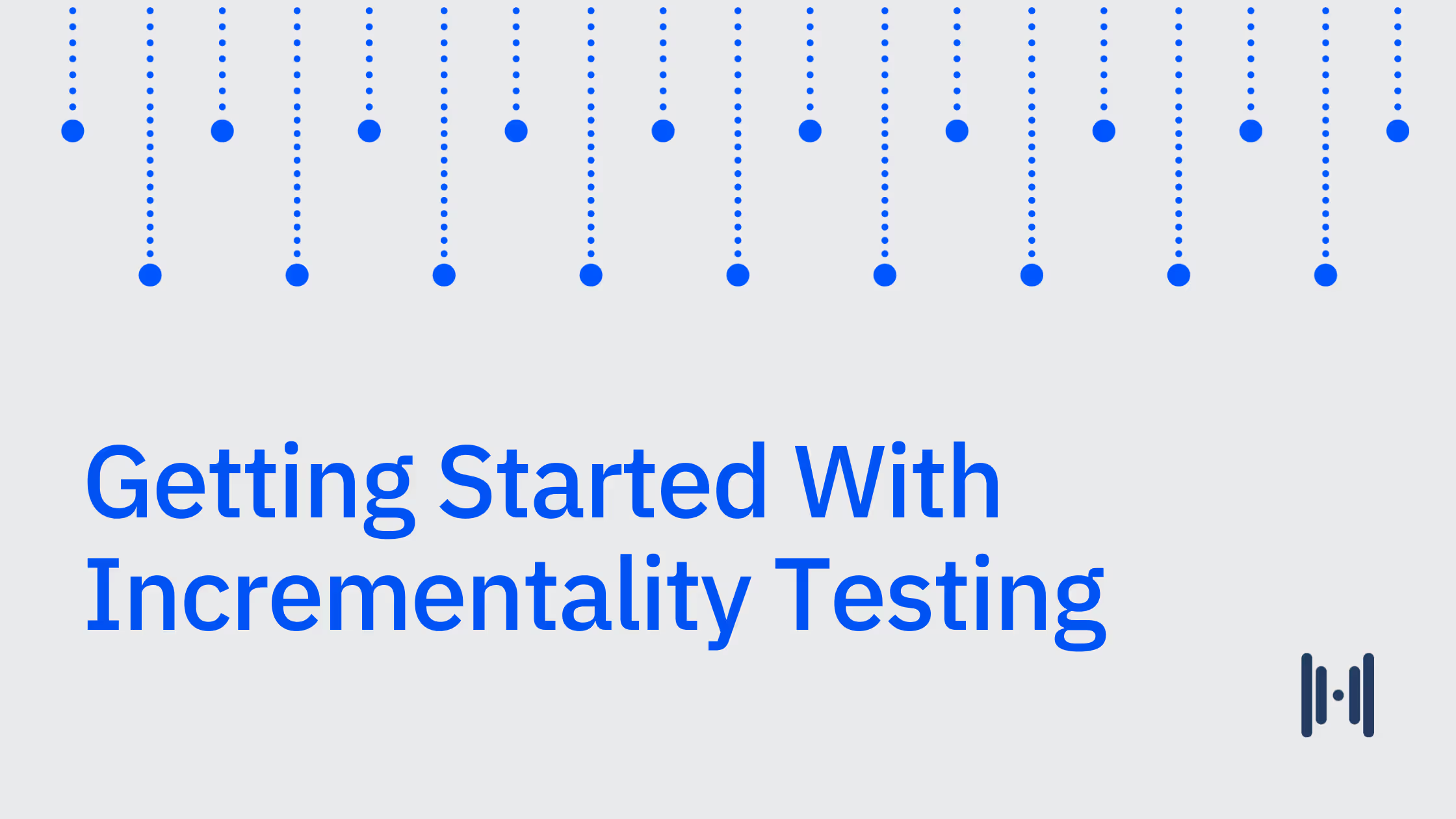
.avif)
.avif)
.avif)
.avif)
.avif)
.avif)

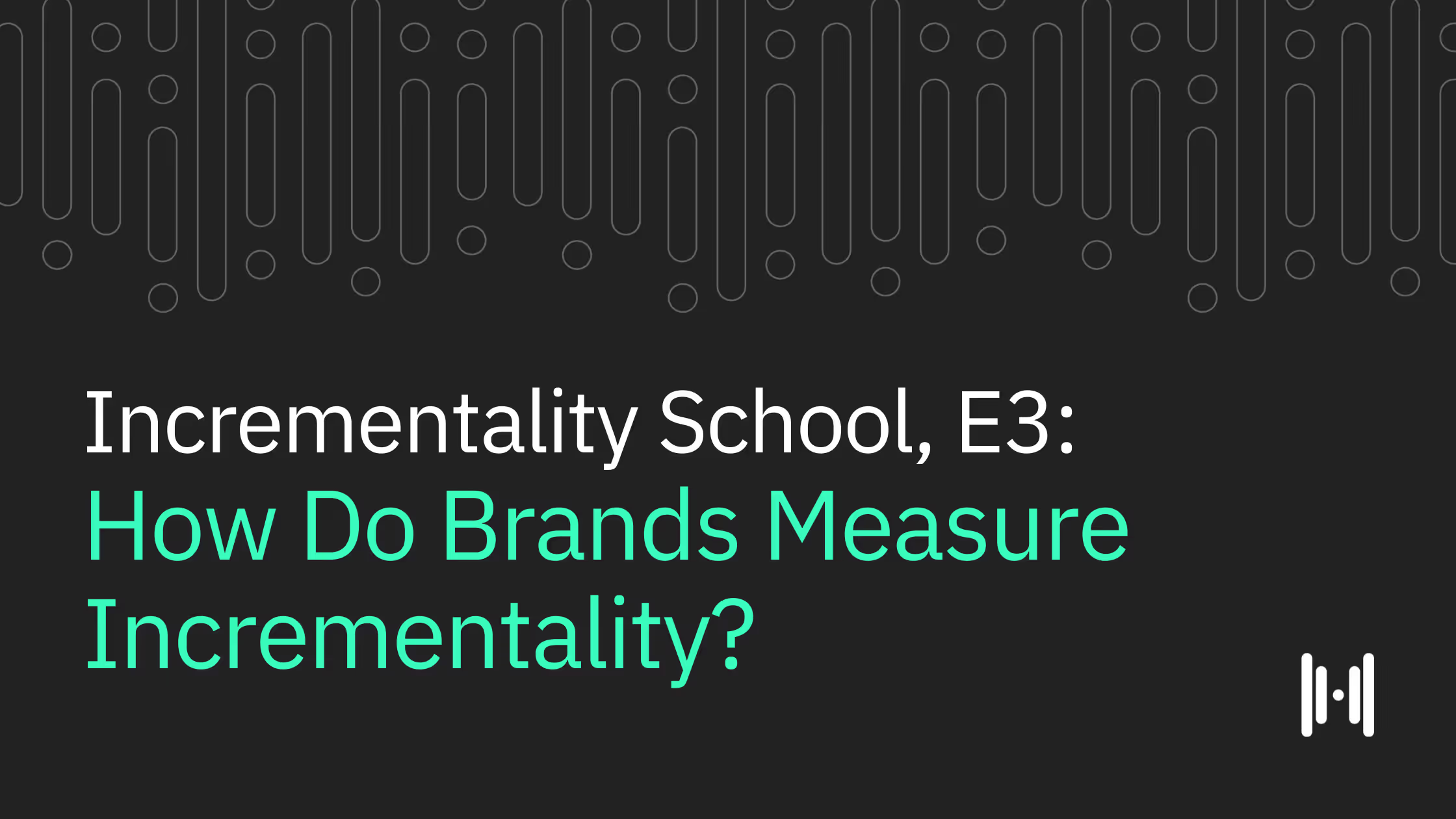
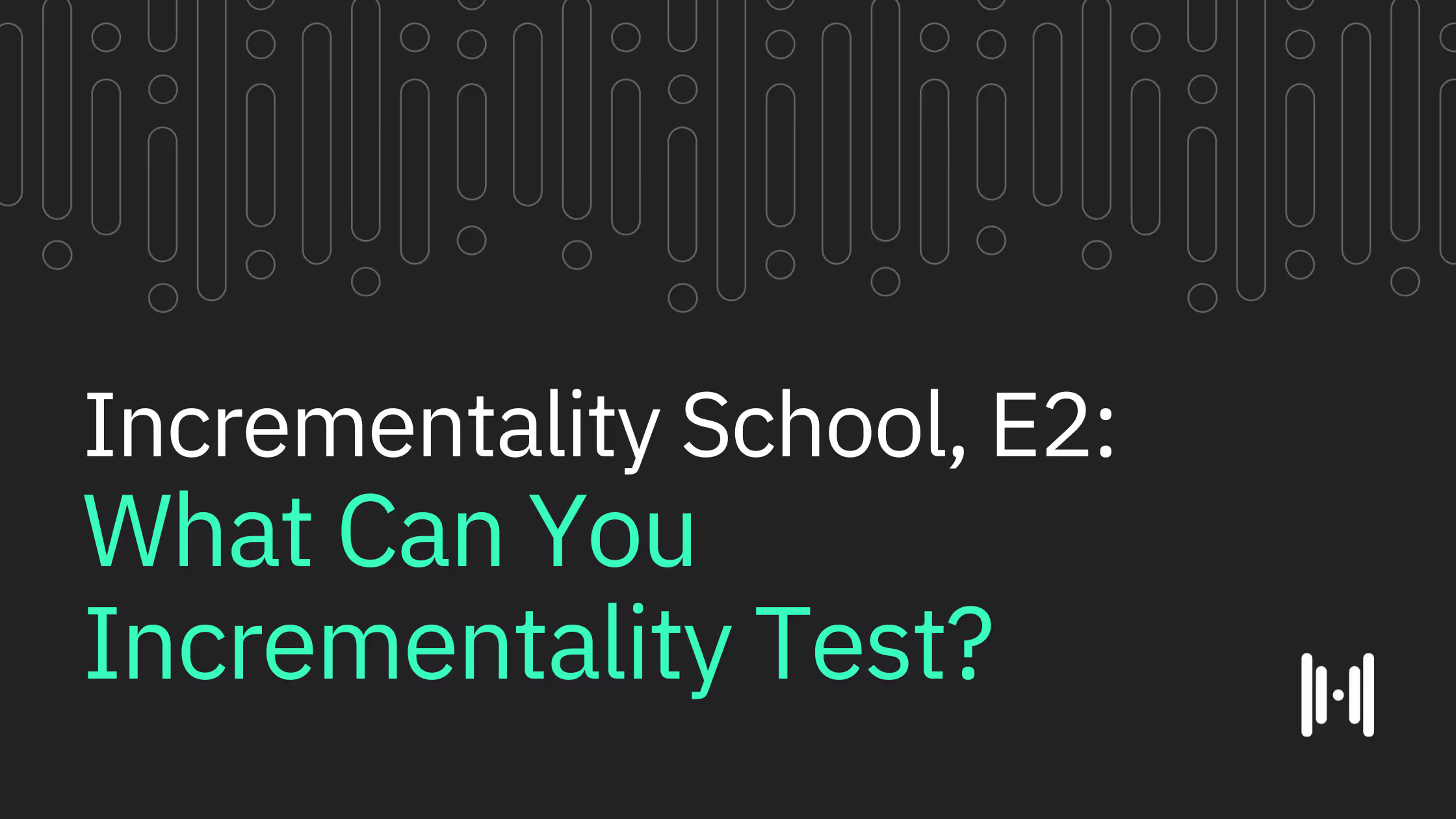
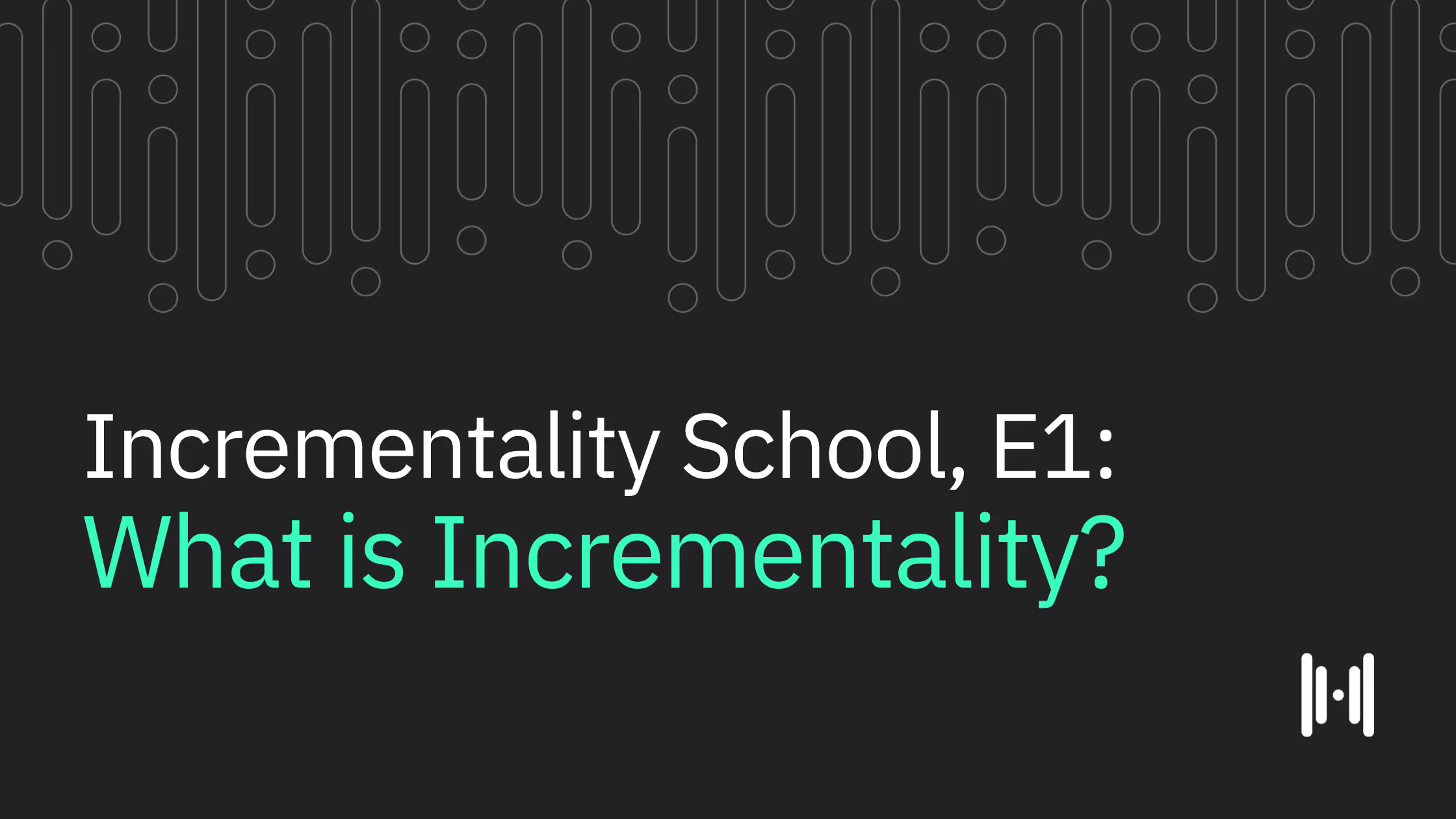
.png)
.avif)
.png)
.avif)
